A look back at all of the match-ups between the Buccaneers and the Lions.
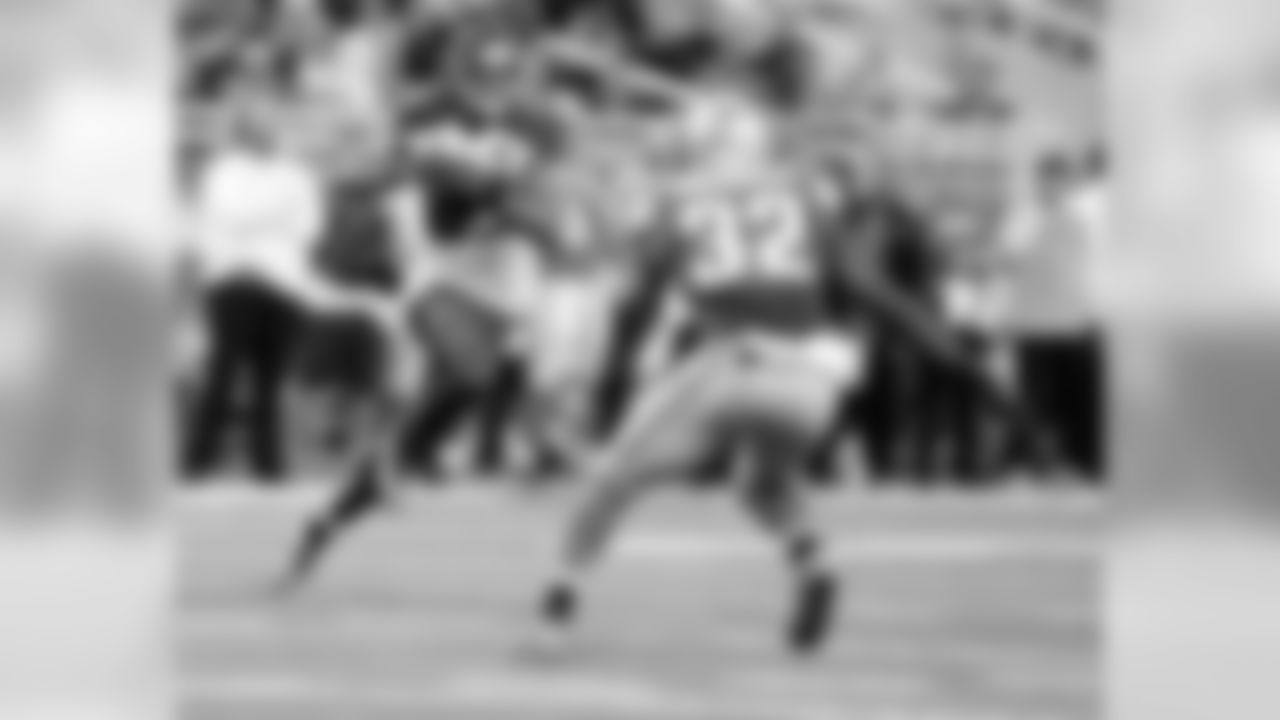
Dec. 7 2014, L 17-34
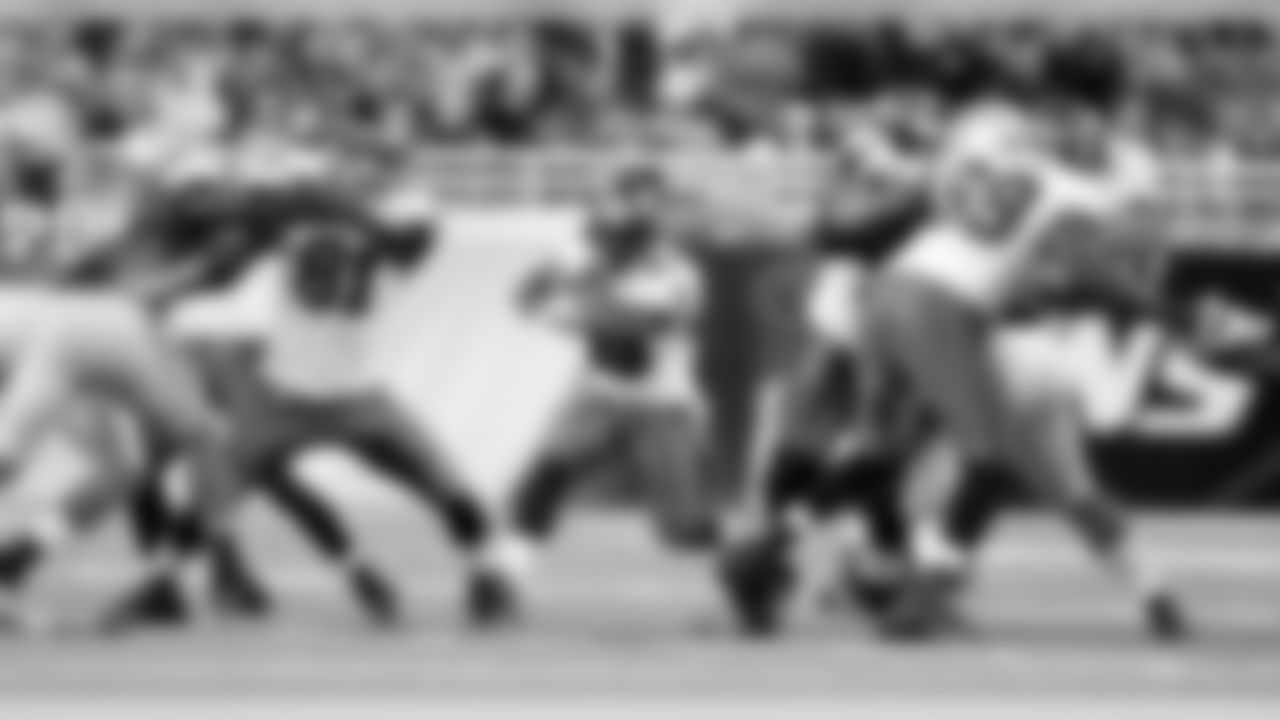
Nov. 24 2013, W 24-21
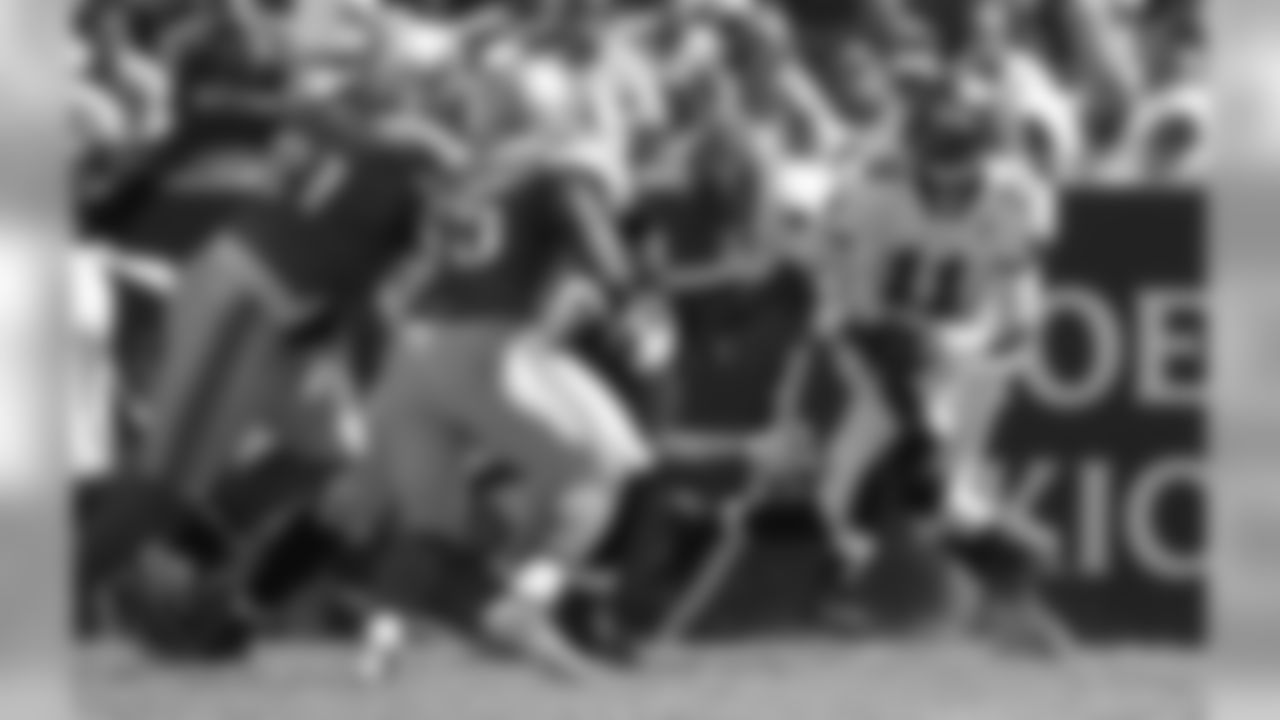
Sept. 11 2011, L 20-27

Dec. 19 2010, L 20-23
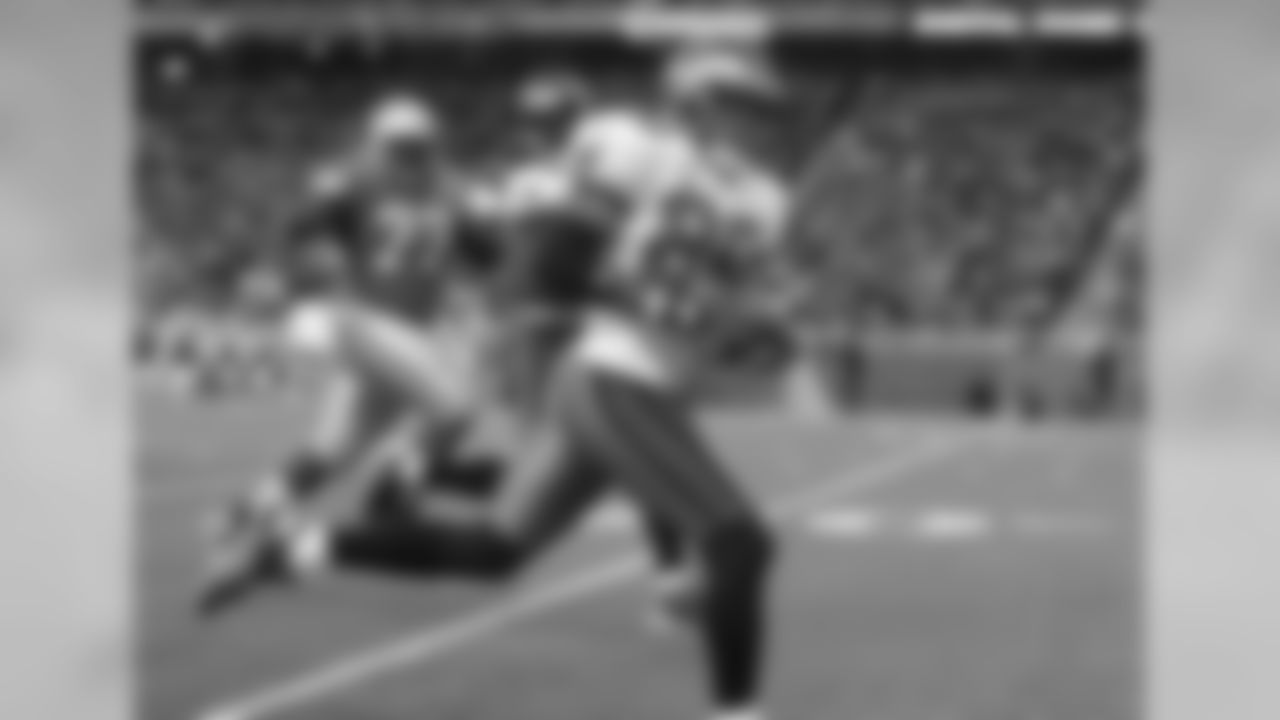
Nov. 23 2008, W 38-20
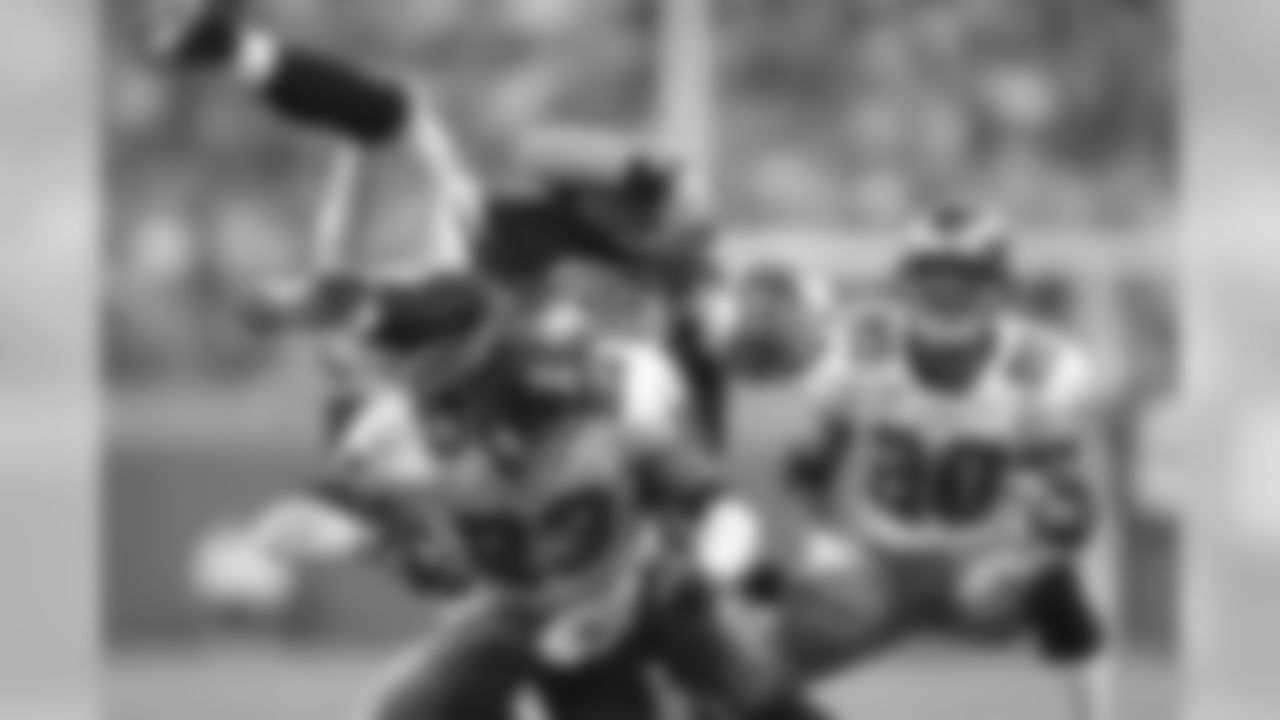
Oct. 21 2007, L 16-23
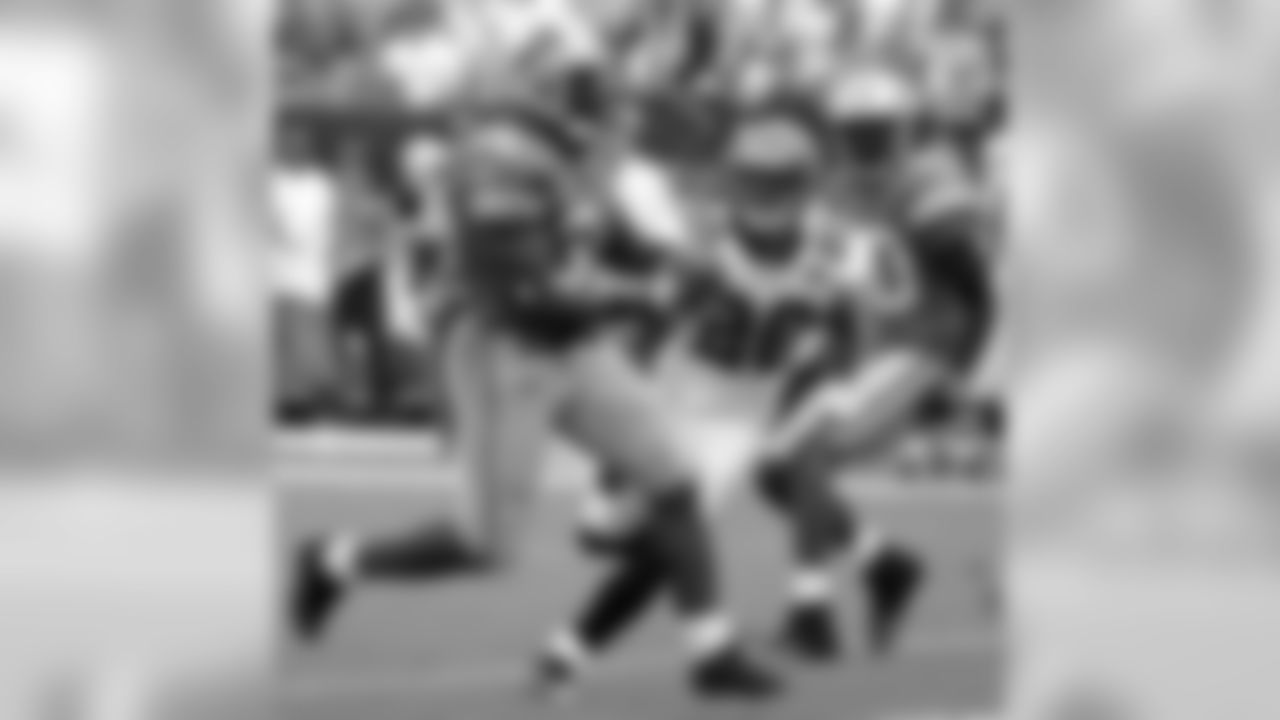
Oct. 2 2005, W 17-13
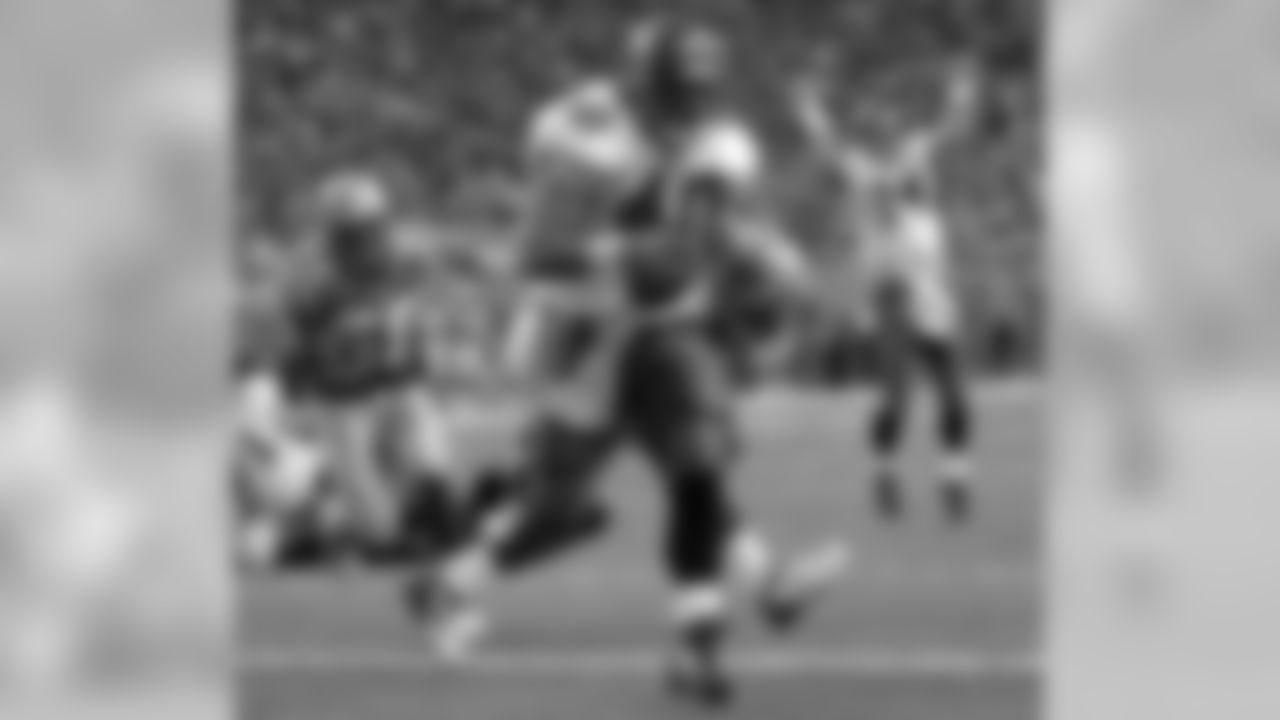
Dec. 15 2002, W 23-20
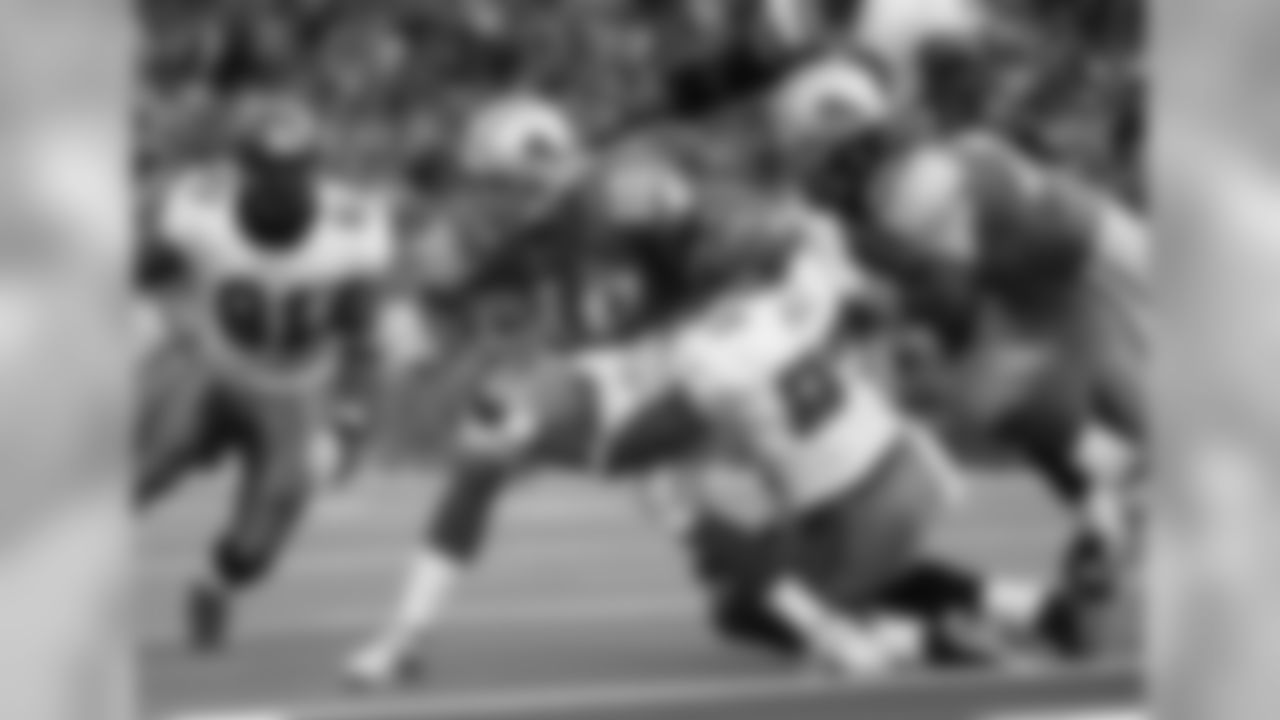
Nov. 11 2001, W 20-17

Dec. 9 2001, W 15-12

Sept. 17 2000, W 31-10
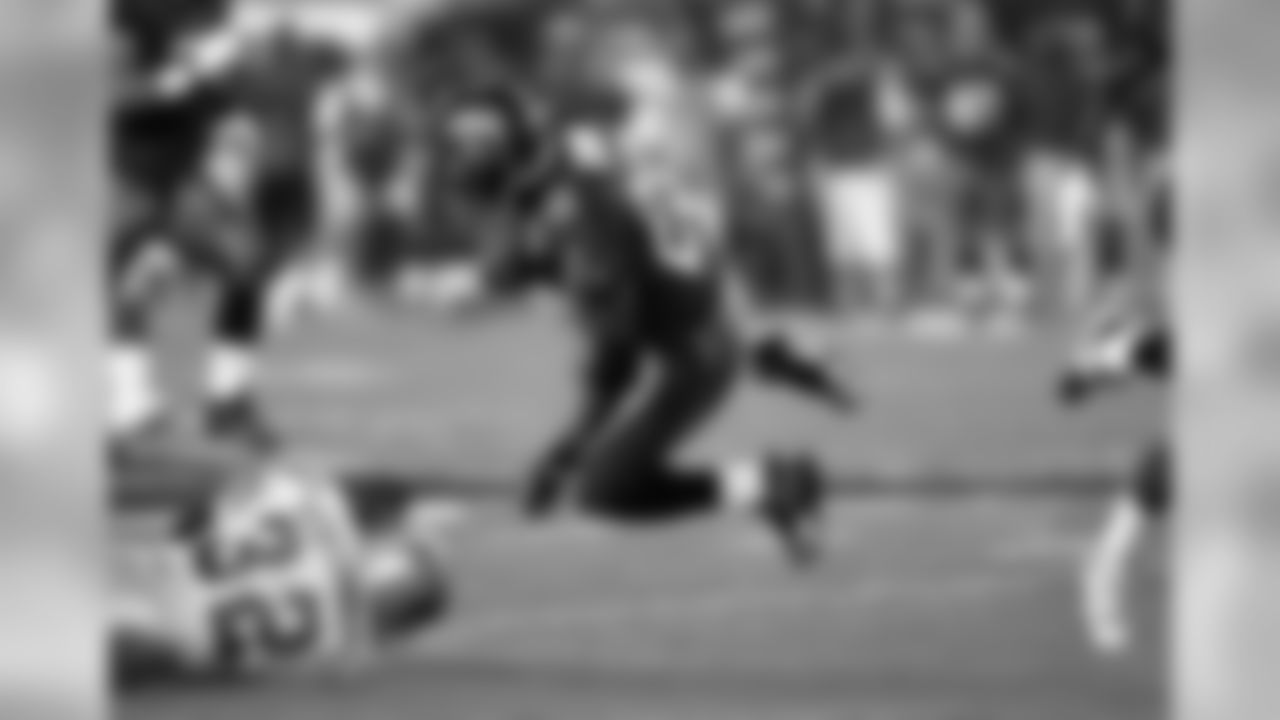
Oct. 19, 2000 L 28-14

Dec. 12 1999, W 23-16
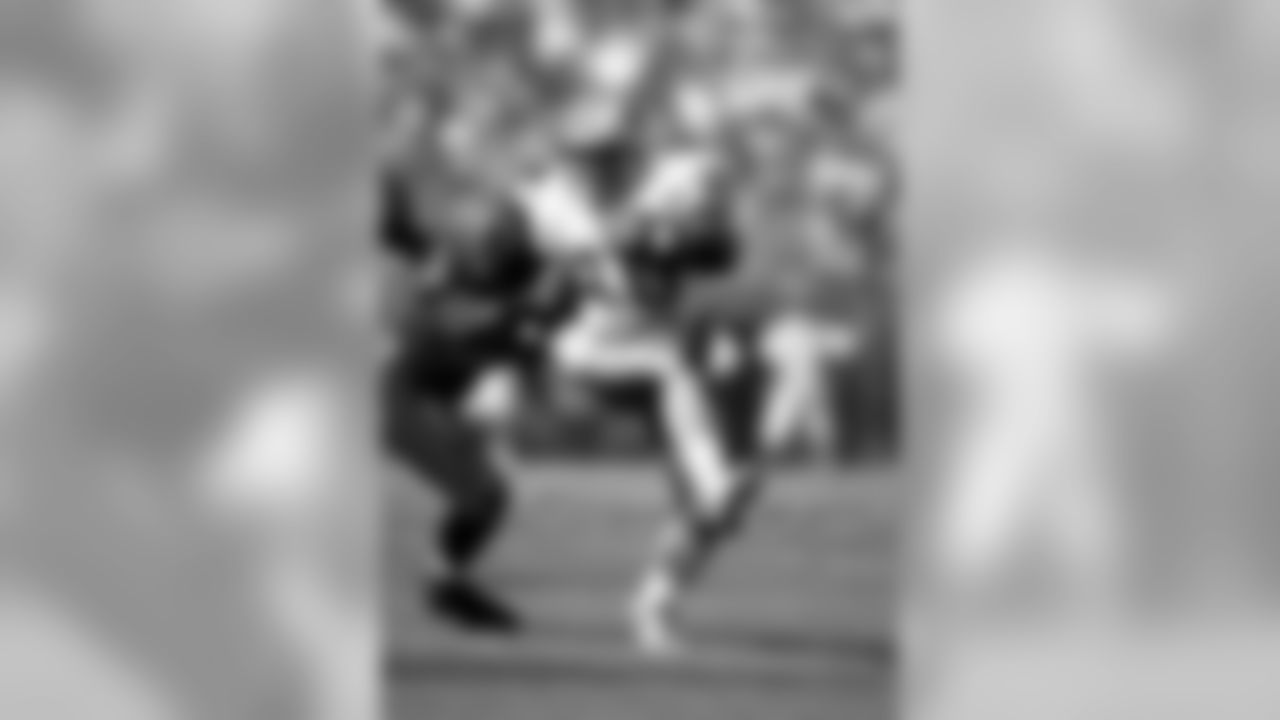
Nov. 22, 1998 L 28-25

Sept. 7, 1997 W 24-17

Oct. 12 1997, L 9-27

Dec. 28 1997, W 20-10

Sept. 8 1996, L 6-21
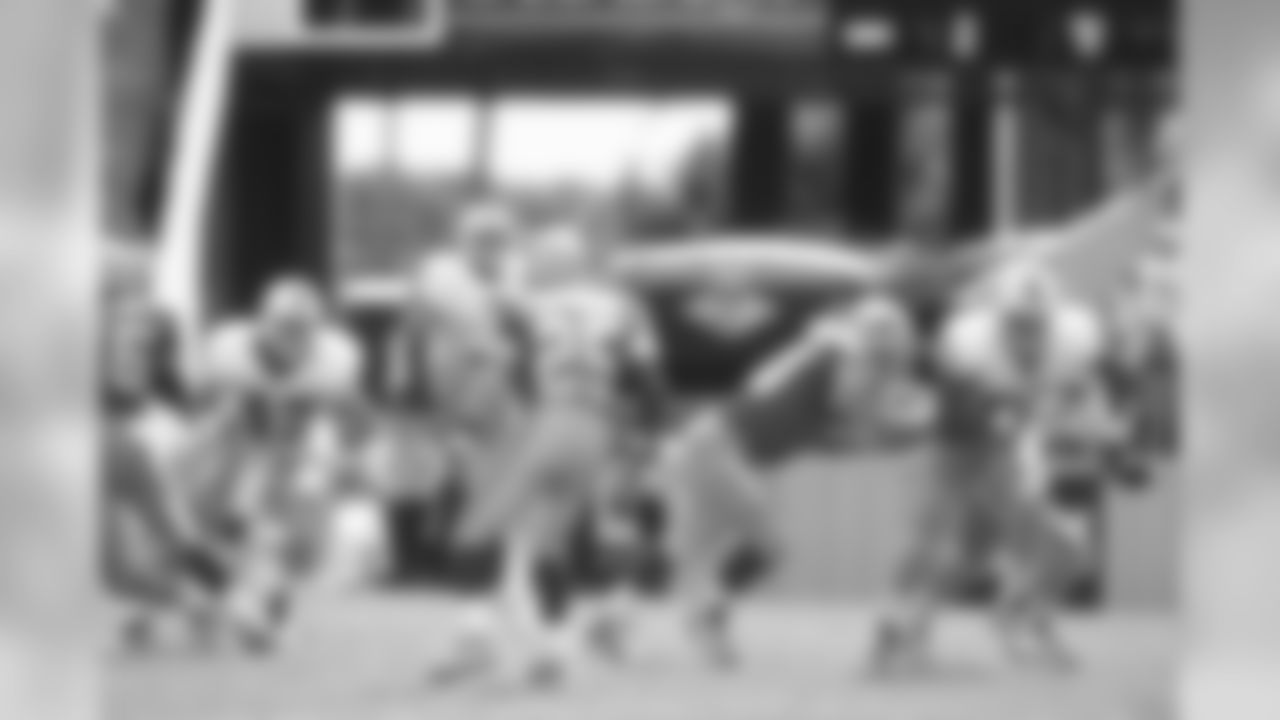
Sept. 29 1996, L 0-27
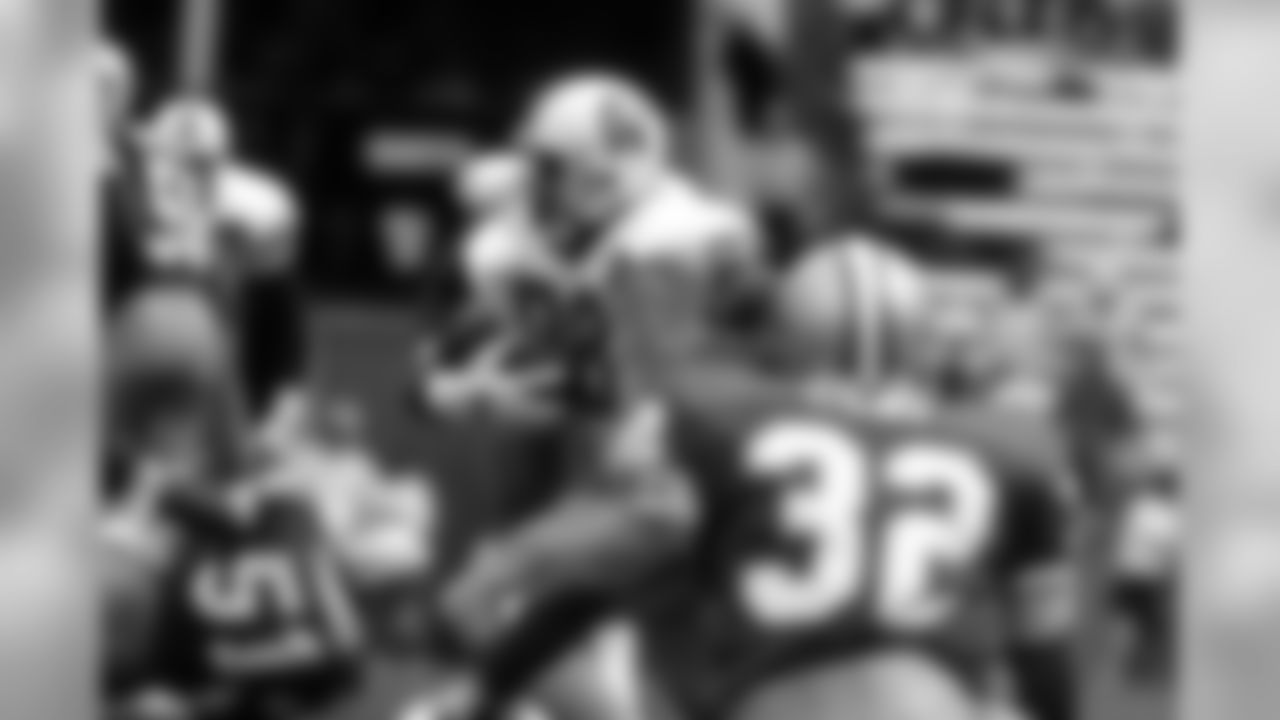
Oct. 2 1994, W 24-14

Nov. 13 1994, L 9-14

Oct. 3 1993, W 27-10

Nov. 7 1993, L 0-23

Oct. 25 1992, L 7-38

Nov. 10 1991, W 30-21

Sept. 23 1990, W 23-20

Oct. 15 1989, L 16-17

Nov. 13 1988, W 23-20

Dec. 18 1988, W 21-10

Sept. 21 1986, W 24-20
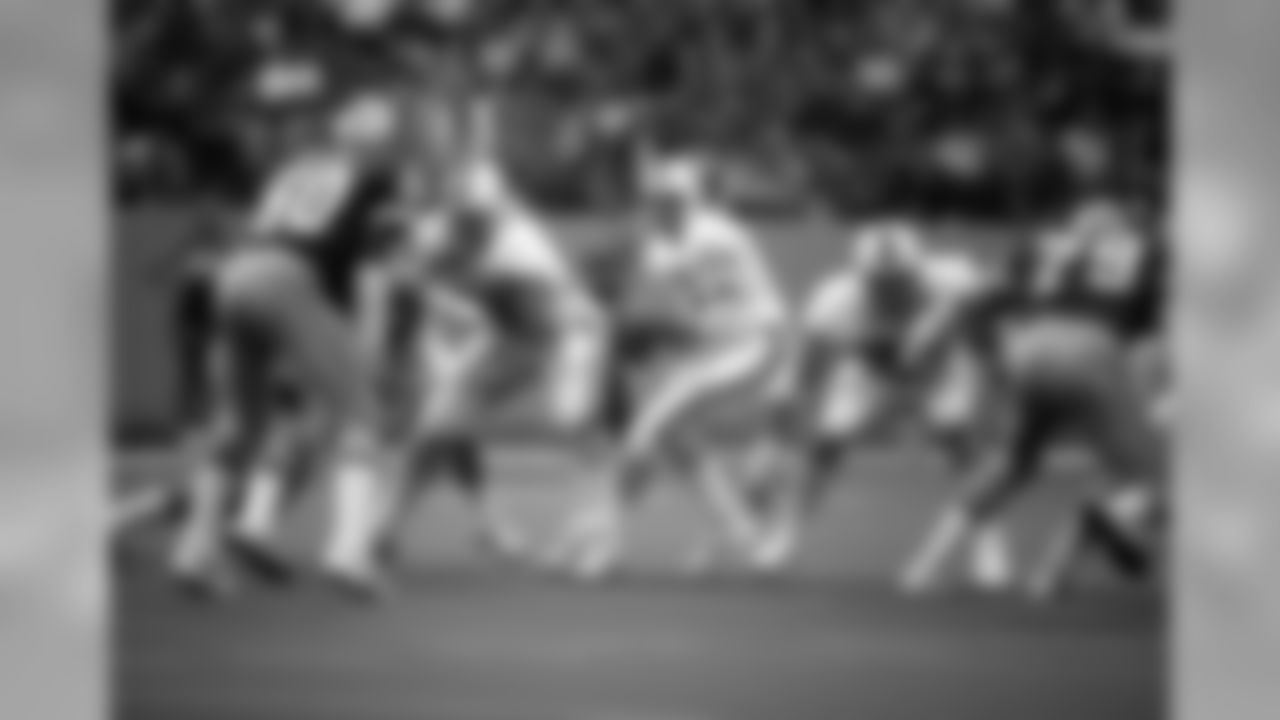
Sept. 29 1985, L 30-9

Nov. 24 1985, W 19-16
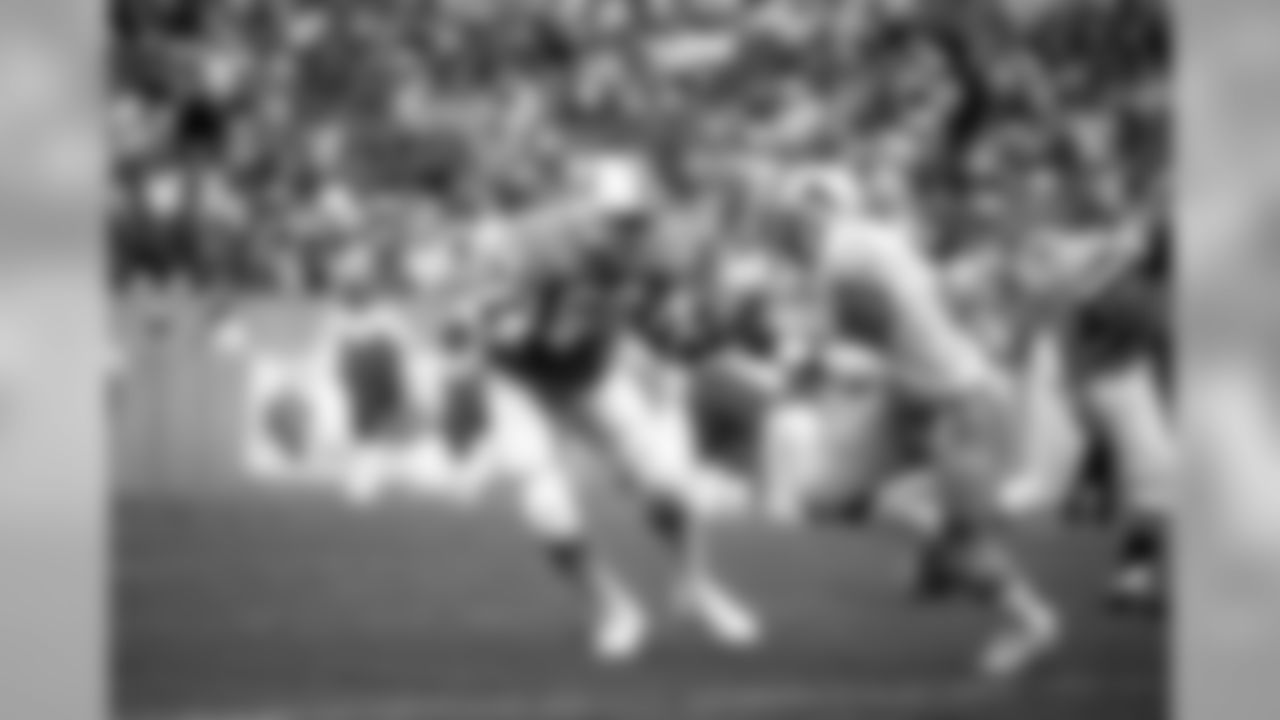
Sept. 16 1984, W 21-17
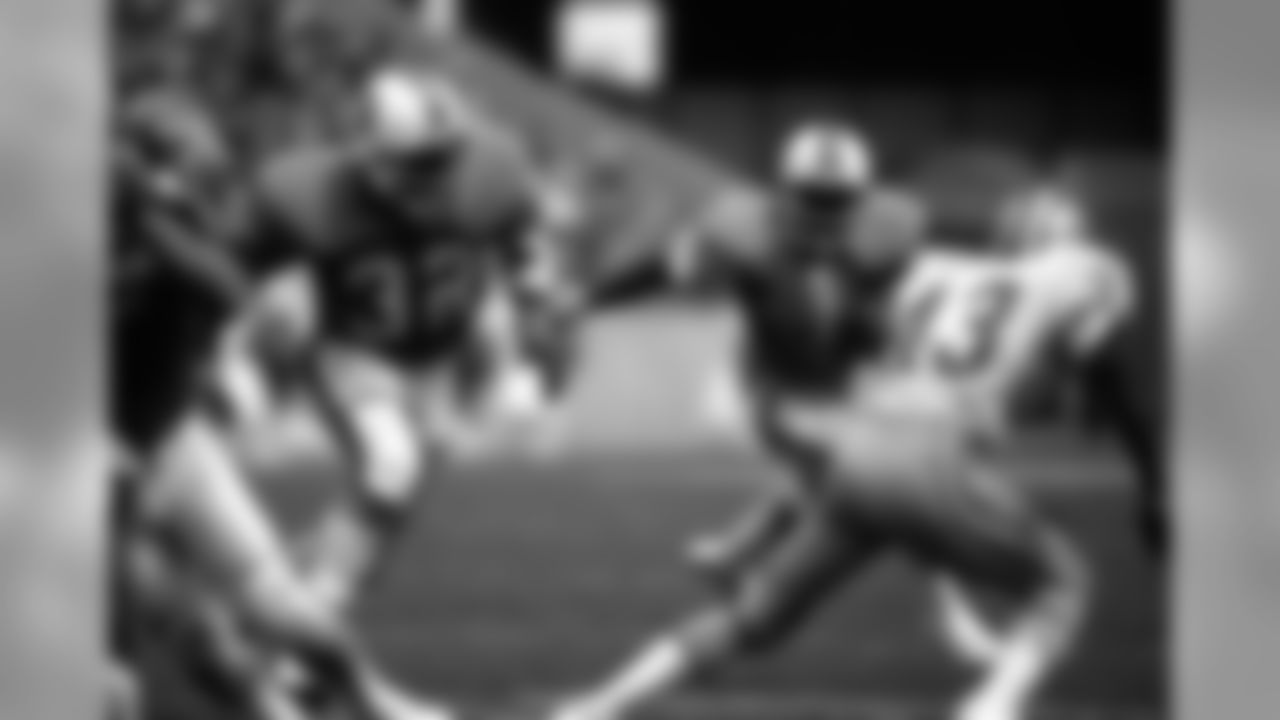
Dec 18 1983, L 20-23
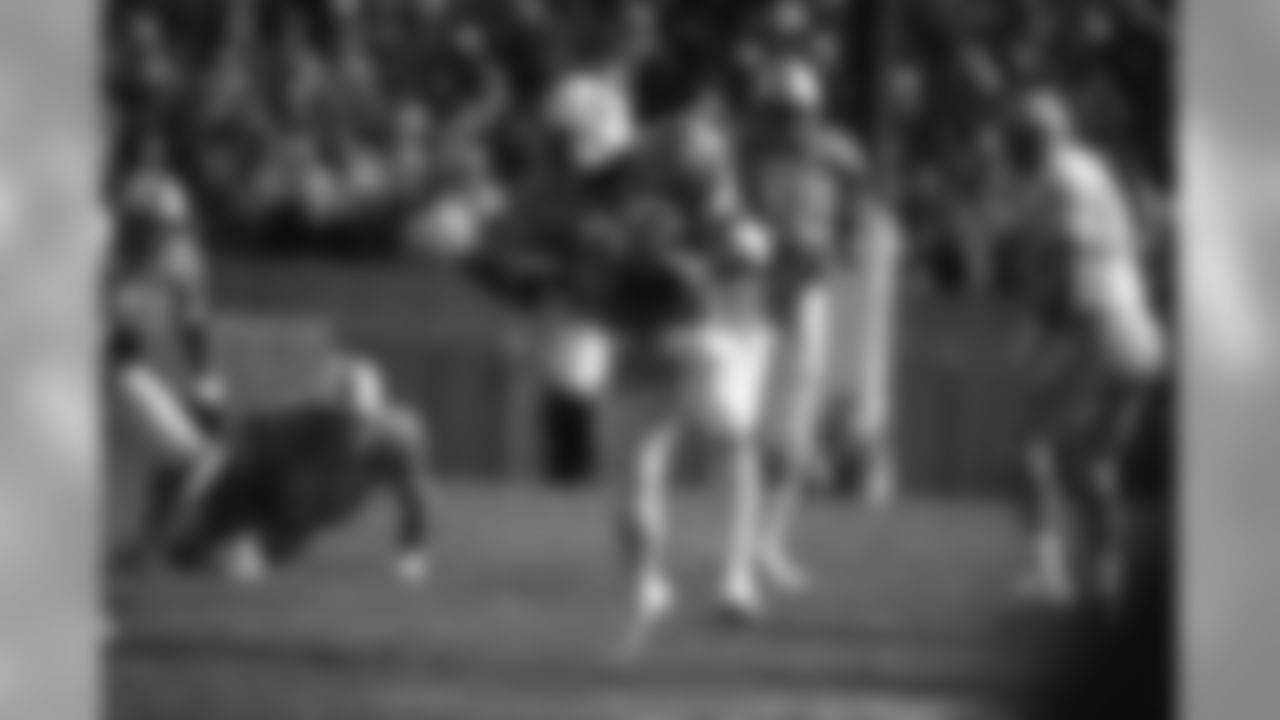
Dec. 26 1982, W 23-21

Oct. 4 1981, W 28-10
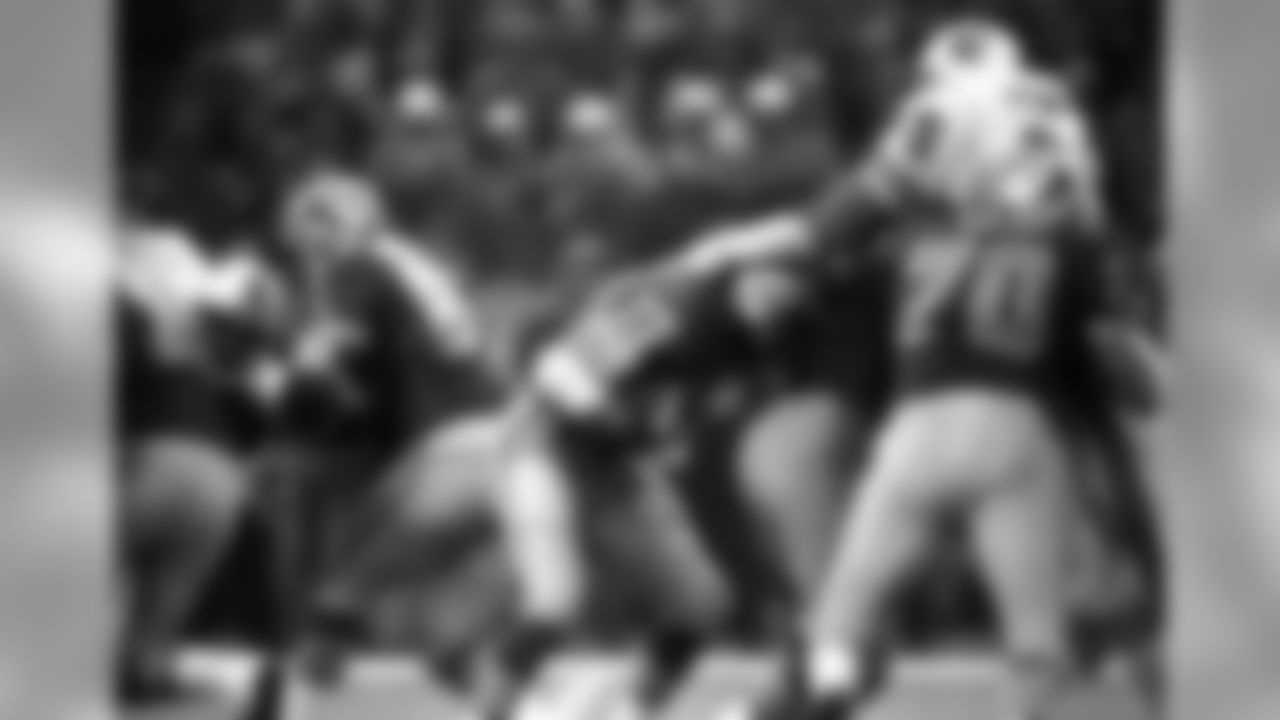
Dec. 20 1981, W 20-17

Nov. 23 1980, L 10-24

Dec. 14 1980, L 14-27

Sept. 1 1979, W 31-16 Not Pictured: Nov. 20 1977, L 7-16 Sept. 9 1978, L 7-15 Nov. 12 1978, L 23-34 Nov. 11 1979, W 16-14 Dec. 18 1983, L 20-23 Oct. 14 1984, L 7-13 Nov. 23 1986, L 17-38 Oct. 4 1987, W 31-27 Dec. 13 1987, L 10-20 Dec. 17 1989, L 7-33 Sept. 9 1990, W 38-21 Sept. 29 1991, L 3-31 Sept. 27 1992, W 27-23 Nov. 12 1995, L 24-27 Dec. 23 1995, L 10-37 Sept. 28 1998, L 6-27 Oct. 31 1999, L 3-20
On Sunday, the Tampa Bay Buccaneers rekindle an old NFC Central rivalry for the second week in a row, welcoming the Detroit Lions to Raymond James Stadium. The Buccaneers and Lions will be meeting for the 57th time, and the Bucs could pull to within three of a .500 mark in the longtime head-to-head battle with a win (more on the Bucs-Lions series history). At 6-6, the Lions are trying to keep their playoff hopes alive in a crowded NFC Wild Card race.
The Bucs have 26 wins over the Lions all-time, their highest total against any team. To make it 27, the Buccaneers will need to get pressure on Matthew Stafford so he can't fully utilize his impressive array of pass-catchers. On offense, the Buccaneers must contend with a pick-happy secondary that has helped Detroit score seven non-offensive touchdowns. Here's a closer look at the challenges the Buccaneers will face on Sunday when the Lions come to town.
HEAD COACH

Jim Caldwell is in his fourth year as Detroit's head coach and the Lions have a shot at making it to the playoffs for the third time in that span. Caldwell took over for Jim Schwartz in 2014, after the Lions had finished 7-9 and 4-12 in the two previous seasons, and led them to an 11-5 record and a Wild Card berth. The Lions went back to the playoffs in 2016 with a 9-7 record and another Wild Card ticket. The Lions have yet to win a postseason game under Caldwell, but then again the Lions haven't won any postseason game since 1991. Overall, Detroit is 33-28 in the regular season with Caldwell at the helm.
Caldwell actually began his NFL coaching career in Tampa, although he was a Buccaneer staffer for just one year, joining Tony Dungy's staff in 2001. When the Buccaneers parted ways with Dungy after that season and traded for the Raiders' Jon Gruden, Dungy moved on to the Indianapolis Colts and took Caldwell with him.
That was a fortuitous move for both Caldwell and the Colts. As the QB coach (and assistant head coach) in Indianapolis, Caldwell inherited Peyton Manning, who had already been to two Pro Bowls in his first four seasons. Working with Caldwell, Manning's star continued to rise, as he achieved All-Pro status by 2003 and was the league MVP in four of the next eight years. Caldwell went to the first of three Super Bowls with the Colts at the end of the 2006 season, helping his team beat Lovie Smith's Chicago Bears, 29-17, in Super Bowl XLI. Considered similar in approach and temperament to Dungy, Caldwell was the obvious replacement as the Colts' head coach when Dungy retired following the 2008 campaign. Things couldn't have started better for Caldwell, as Indianapolis won his first 14 games at the helm in 2009 on the way to a berth in Super Bowl XLIV (the Colts lost to the New Orleans Saints). Indianapolis went back to the playoffs in 2010 but sunk to 2-14 in 2011 after an injury to Manning and that ended Caldwell's tenure with the team.
Caldwell landed his next job just 13 days later and eventually found himself in another Super Bowl. John Harbaugh brought him aboard to be his quarterbacks coach in 2012, but with the Ravens' offense struggling the team dismissed Offensive Coordinator Cam Cameron and gave the job to Caldwell. Baltimore's offense – and QB Joe Flacco in particular – caught fire down the stretch and in the playoffs and the Ravens won Super Bowl XLVII over the San Francisco 49ers. Caldwell retained the OC position for the Ravens in 2013 before the Lions came calling this past January.
It's not surprising that Caldwell has been able to help his various NFL quarterbacks to succeed. Before jumping to the NFL, he was the head coach at Wake Forest for eight years (1993-2000) and prior to that he tutored quarterbacks at Penn State from 1986-92. Caldwell's coaching career began with a graduate assistant position at his alma mater of Iowa in 1977 and later had stops at Southern Illinois, Northwester, Colorado and Louisville.
Caldwell is considered the sort of coach who holds everyone accountable and pays close attention to details. As is usually the case with coaches in the Tony Dungy tree, he is also considered an excellent teacher.
OFFENSE

The Lions are the fifth-highest scoring team in the league but that average has been spiked by seven non-offensive touchdowns (more on that in each of the next two sections). In terms of moving the football, Detroit's offense looks much like it has for most of the decade, with Matt Stafford commanding a very dangerous passing attack that hasn't had much of a ground-game complement.
It all starts with Stafford, the prolific ninth-year veteran who has averaged 277.7 passing yards and almost two touchdown passes per game in his career. Stafford has an incredibly strong arm, perhaps the strongest in the NFL, and he's been known to scramble one way and then successfully make seemingly dangerous throws back in the other direction. That stresses a defense to continue defending portions of the field they might abandon against another scrambling quarterback. Stafford is also very good under pressure, as evidenced by the 11 come-from-behind game-winning drives he's engineered over the past two seasons.
As one would expect given Stafford's cannon-like arm, the Lions have great success throwing the ball downfield, with a passer rating of 120.4 on balls that travel more than 20 yards in the air. That's the third-best mark in the league. In the last eight games, Detroit's attack has produced 45 plays of 20 or more yards, second-most in the NFL in that span, and most of that has been through the air. The Lions also rank fifth in the NFL with 160 passing first downs. Interestingly, and seemingly contradictorily, Detroit doesn't have a good success rate throwing on first down, getting four or more yards on 45.0% of first-down passes, 29th in the NFL.
When Detroit does want to go deep, the most common target is Marvin Jones, who has punctuated perhaps his best NFL season with some truly acrobatic downfield catches. Jones leads the Lions in receiving yards (821) and touchdowns (eight) and has averaged 17.1 yards per catch. Detroit has targeted him and Golden Tate almost the exact same number of times, but Tate has 23 more receptions (71 to 48) and 54 fewer yards (821 to 767). That's because his most common play is a pass that travels less than 10 yards and gives him a chance to tack on extra yardage. He's very good at that, ranking first among NFL wide receivers with 457 yards after the catch (YAC).
Tate doesn't always start for the Lions, but that's misleading. Detroit plays a lot of "11" personnel, with one back, one tight end and three receivers, and Tate often operates out of the slot. Last week against Baltimore, the Lions ran their first play out of a base package and rookie Kenny Golladay was in the starting lineup instead of Tate. Golladay has dealt with some injuries this season but is making a late-season push and has 15 catches for 323 yards (21.5 avg.) and two touchdowns.
Pictures of some of the Lions' top players.

WR Golden Tate
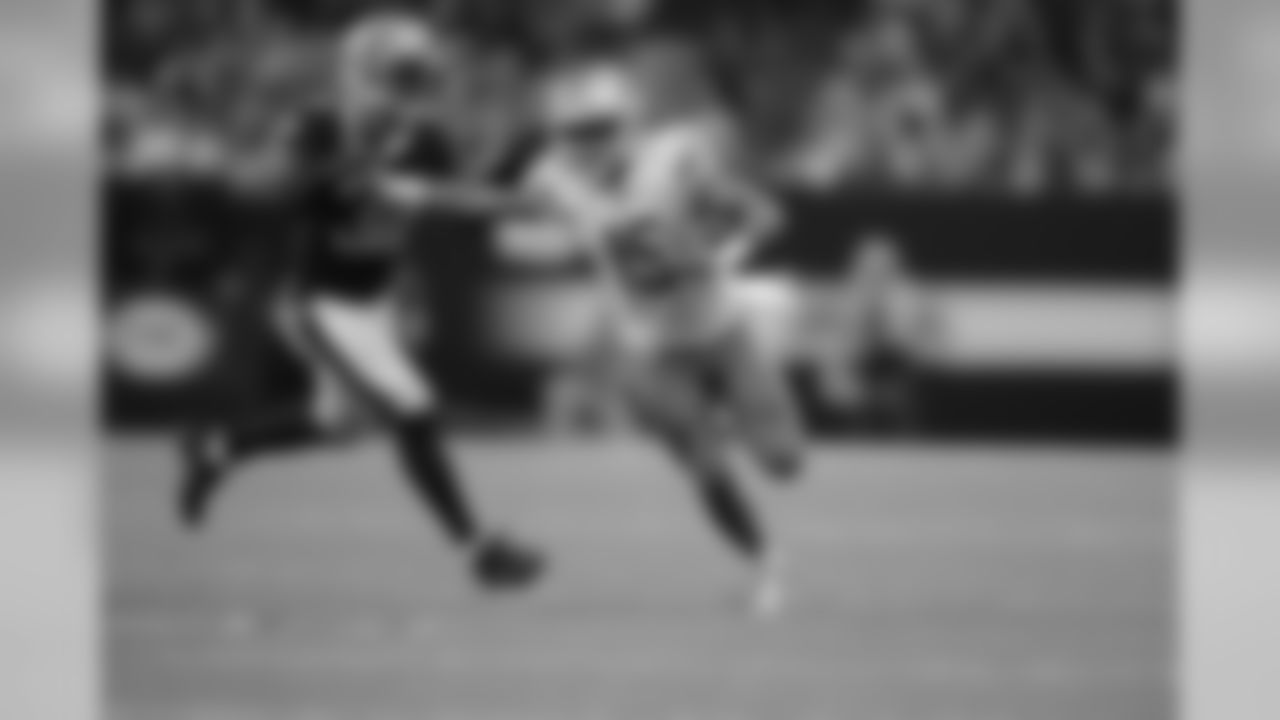
WR Golden Tate
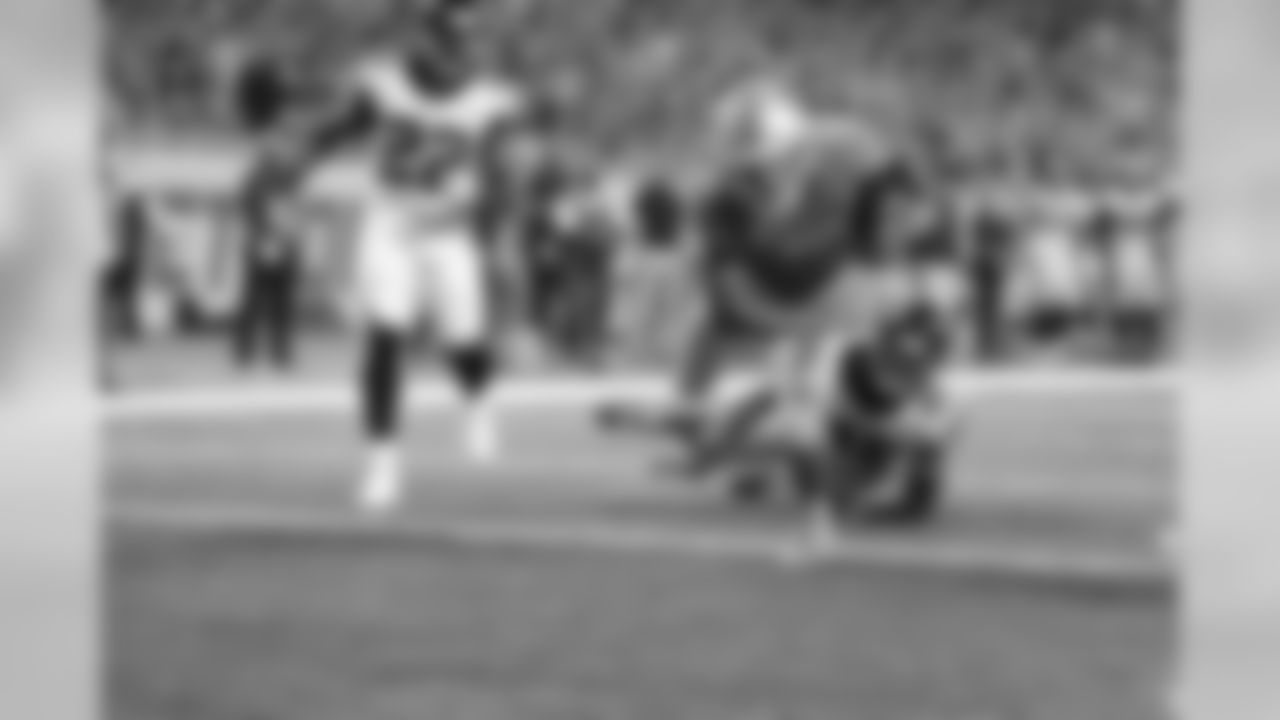
WR Golden Tate

DE Ezekiel Ansah
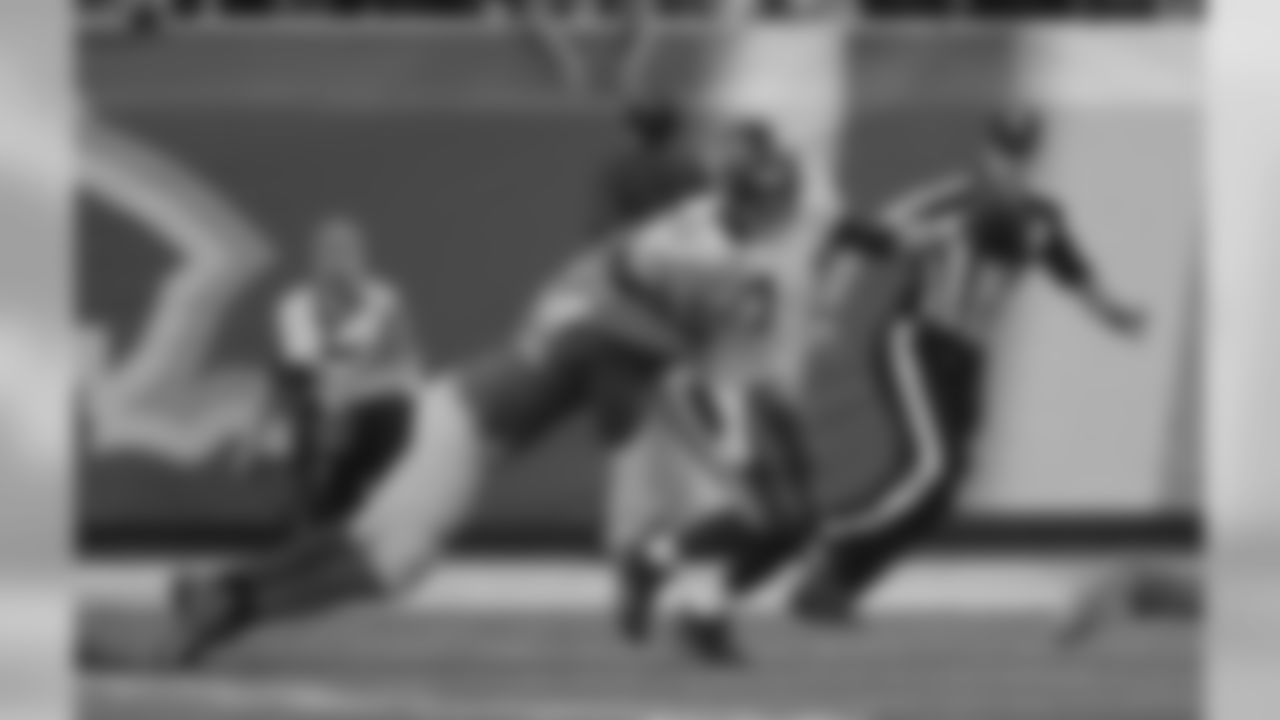
DE Ezekiel Ansah

DE Ezekiel Ansah

QB Matthew Stafford
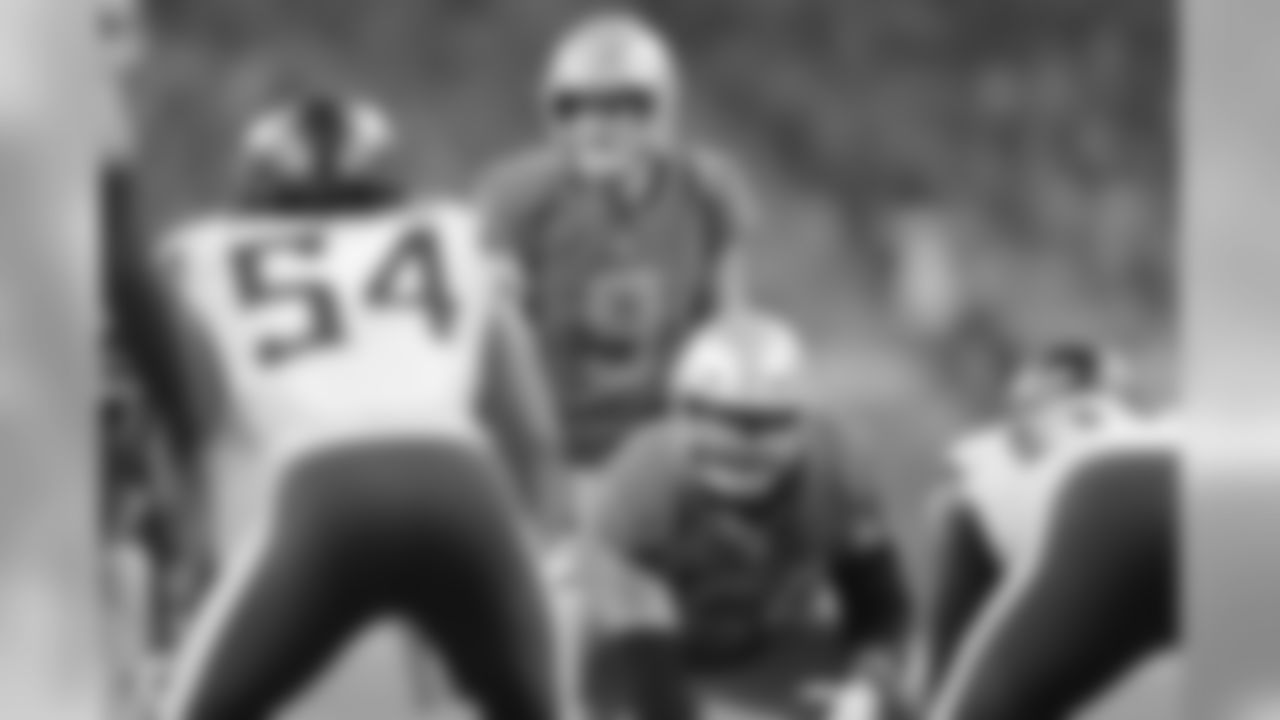
QB Matthew Stafford
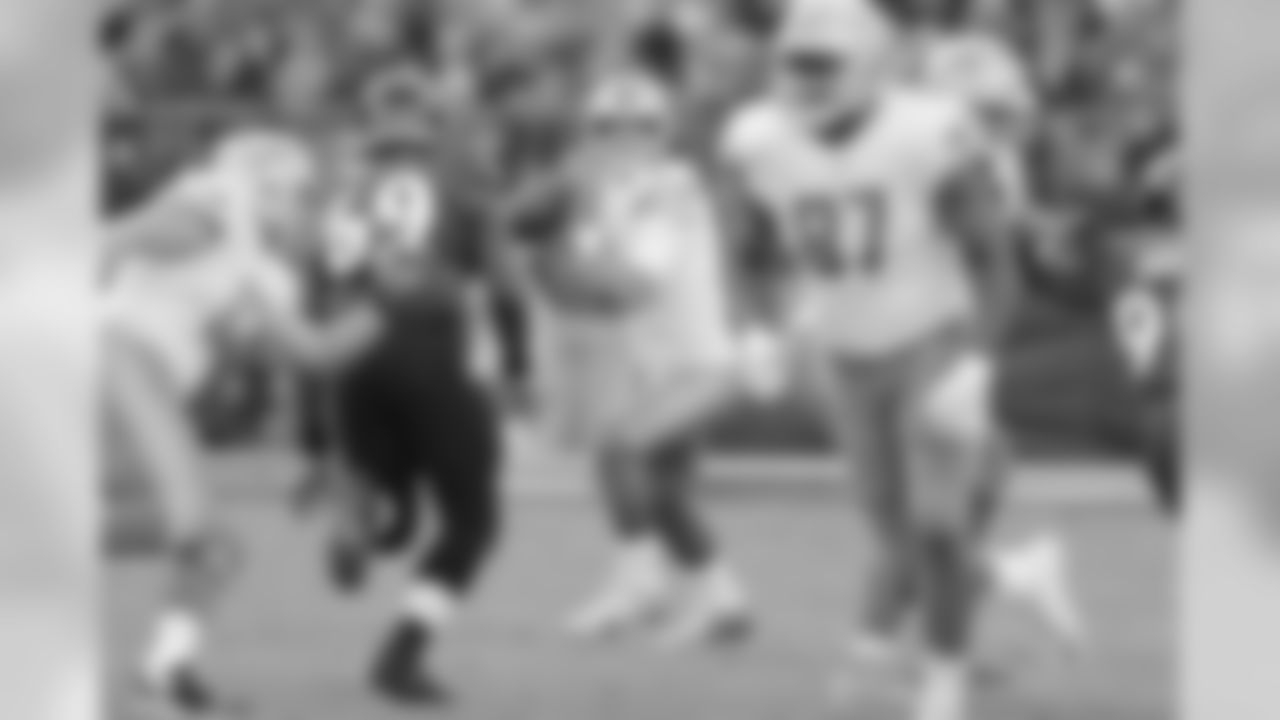
QB Matthew Stafford

DE Anthony Zettel
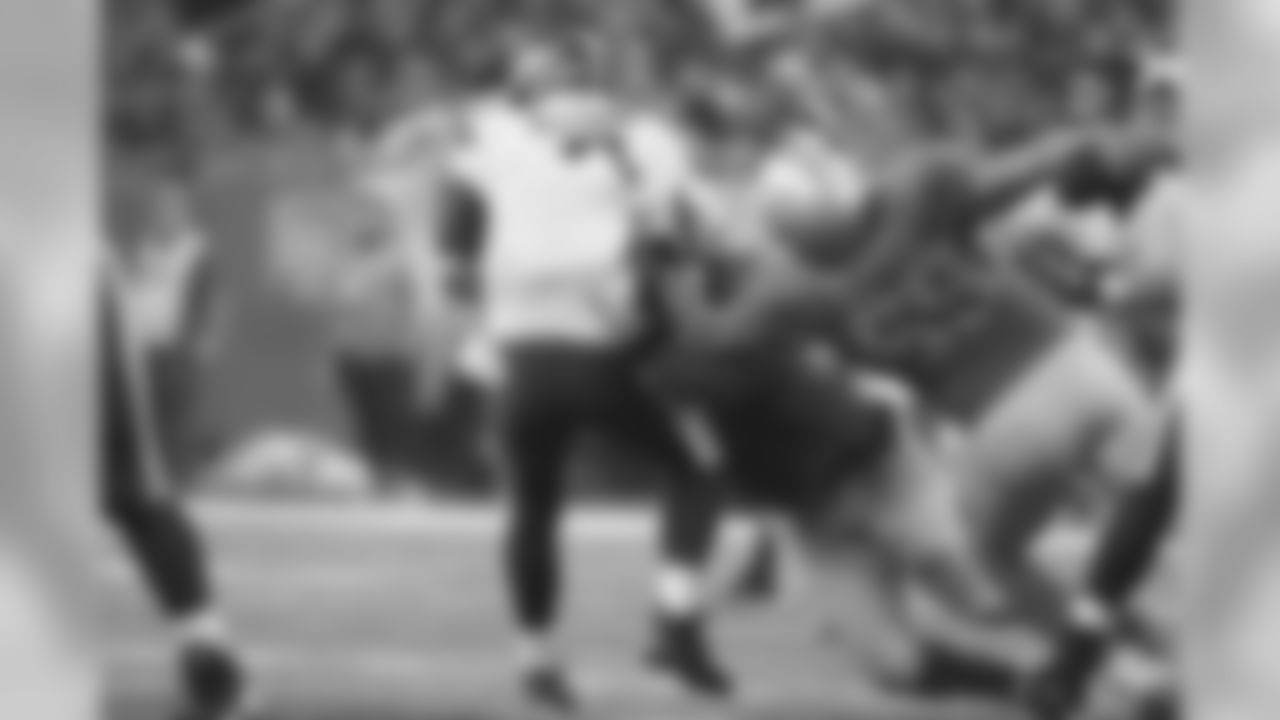
DE Anthony Zettel
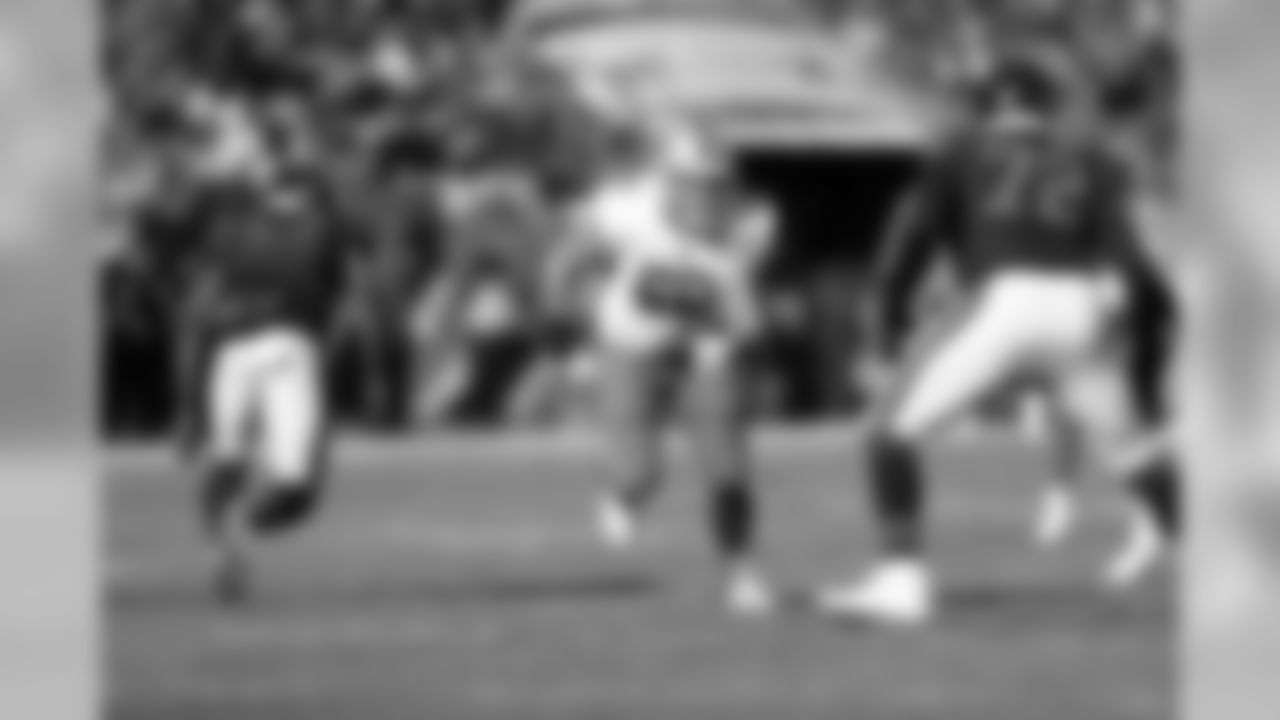
DE Anthony Zettel
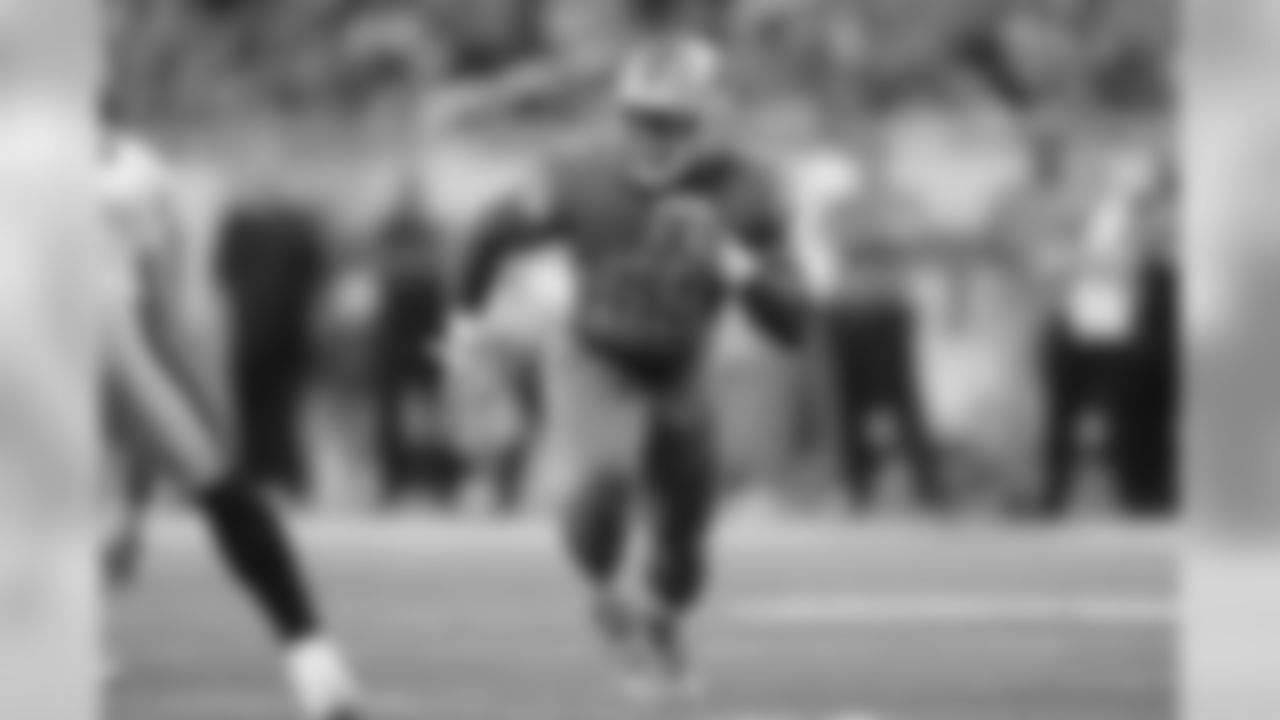
LB Tahir Whitehead
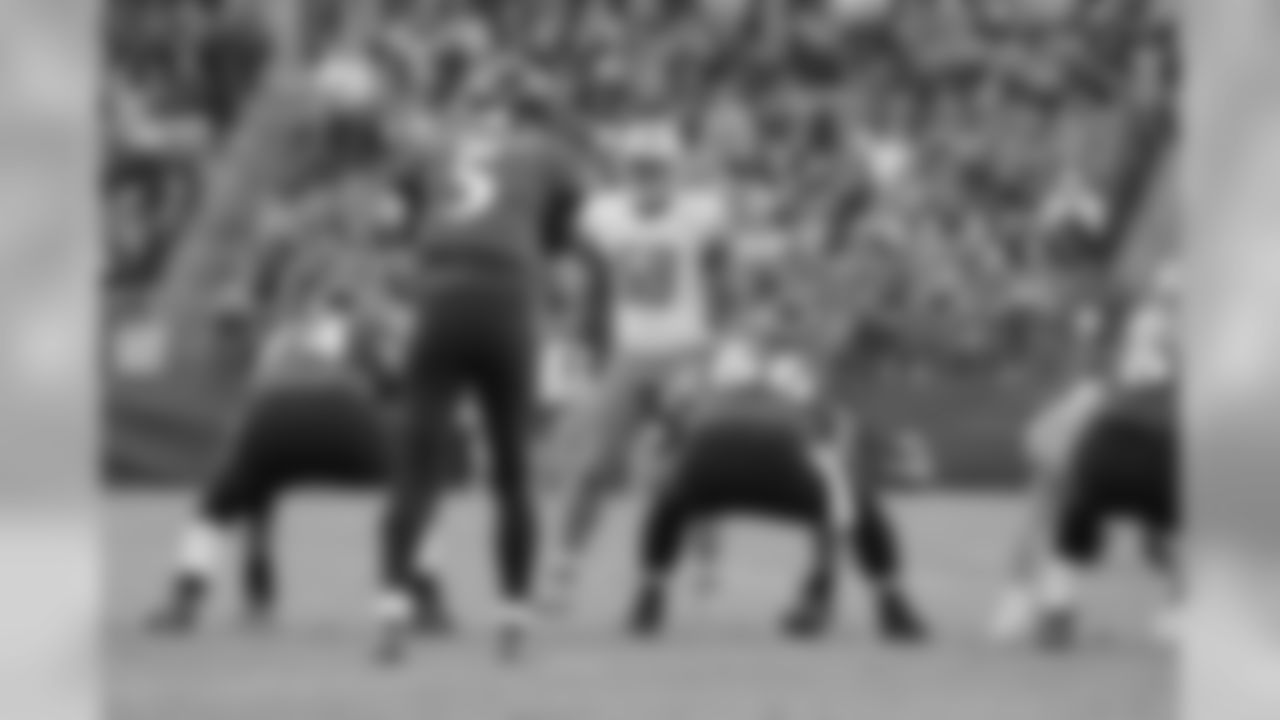
LB Tahir Whitehead
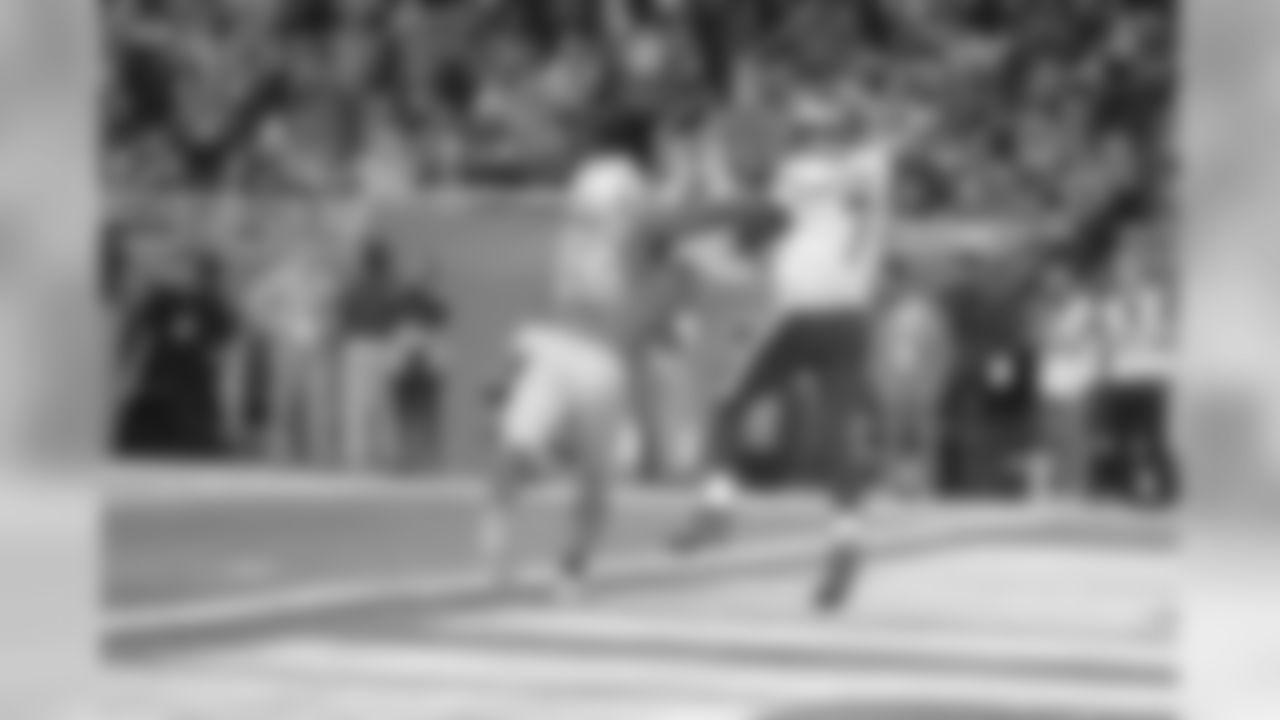
LB Tahir Whitehead
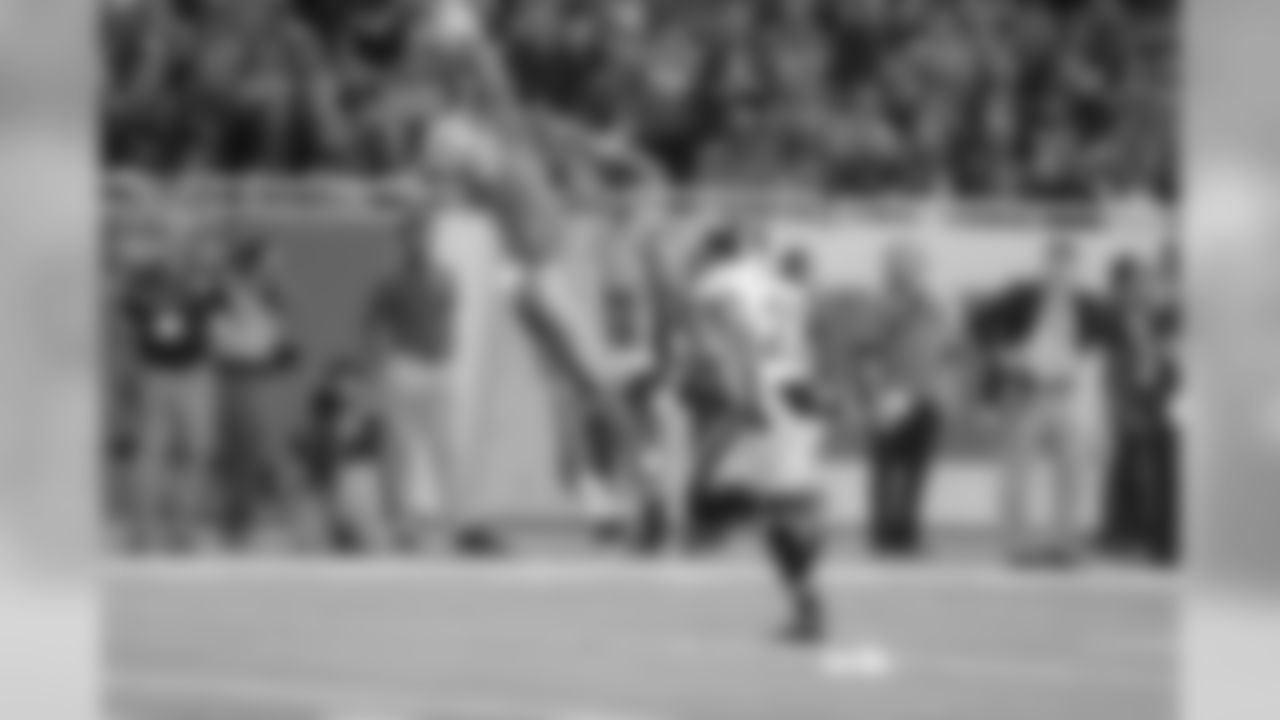
WR Marvin Jones Jr.
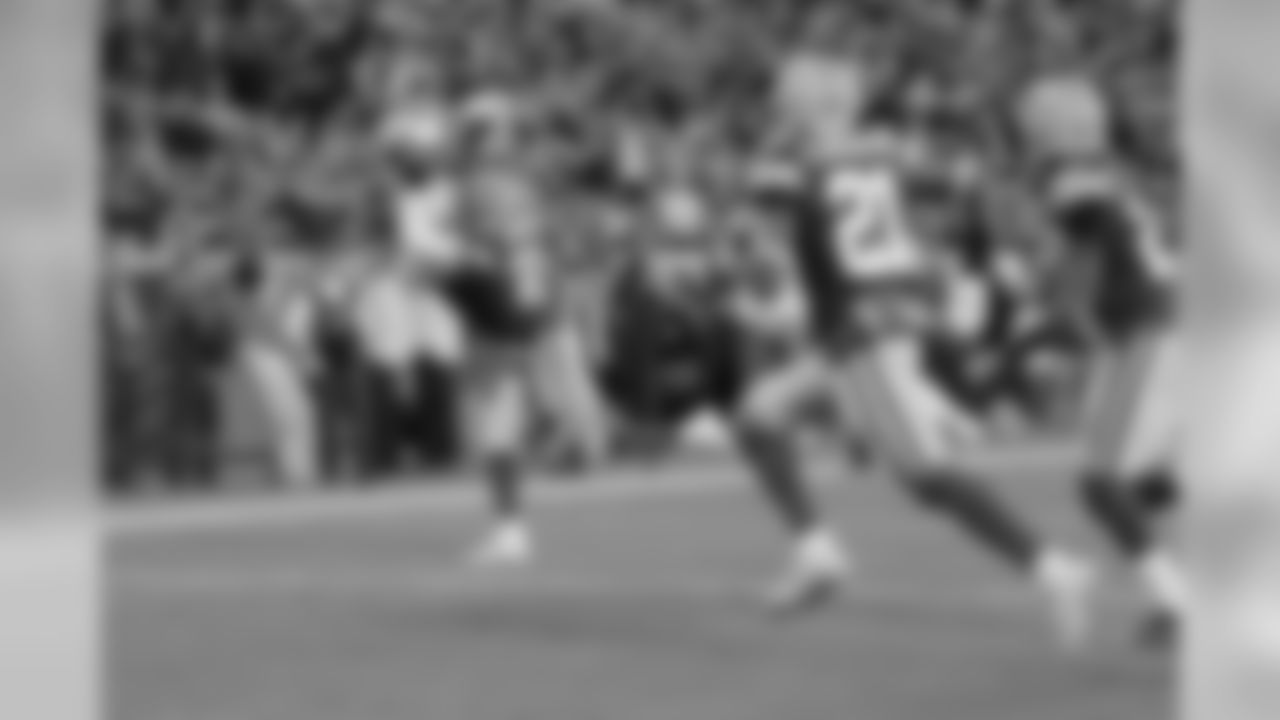
WR Marvin Jones Jr.

WR Marvin Jones Jr.
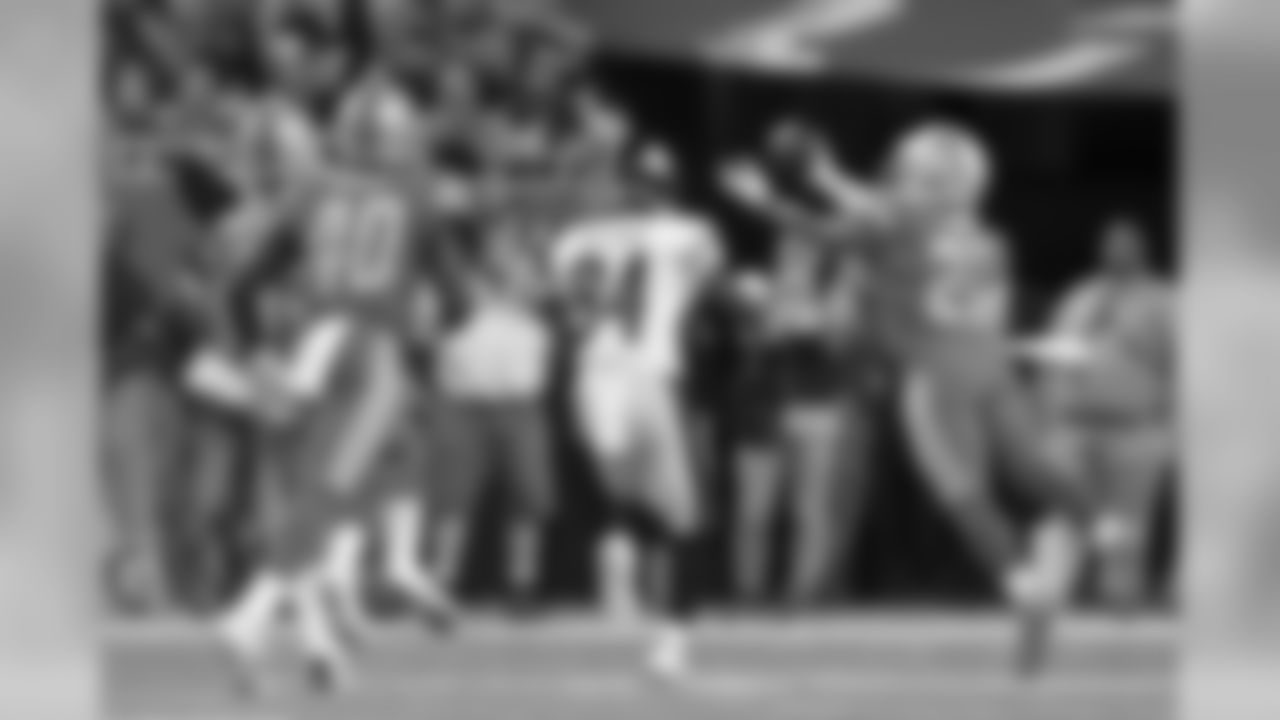
S Glover Quin

S Glover Quin
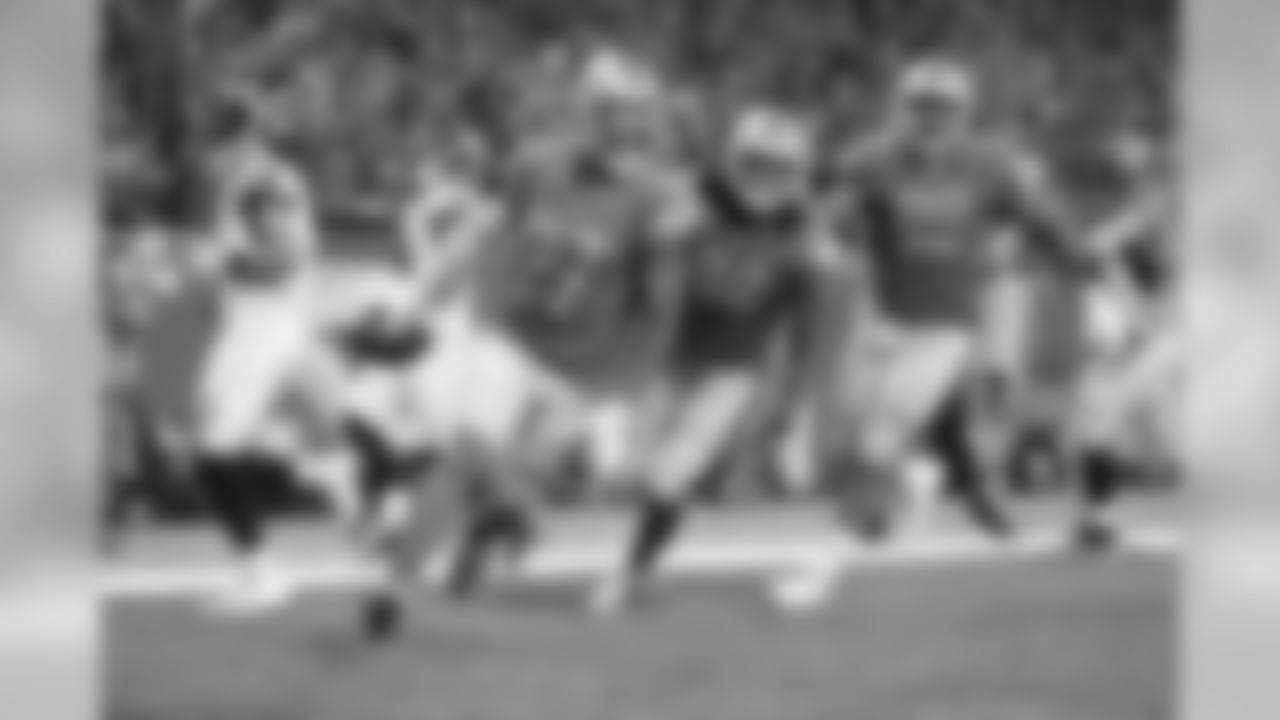
S Glover Quin

RB Theo Riddick

RB Theo Riddick

RB Theo Riddick

CB Darius Slay

CB Darius Slay

CB Darius Slay
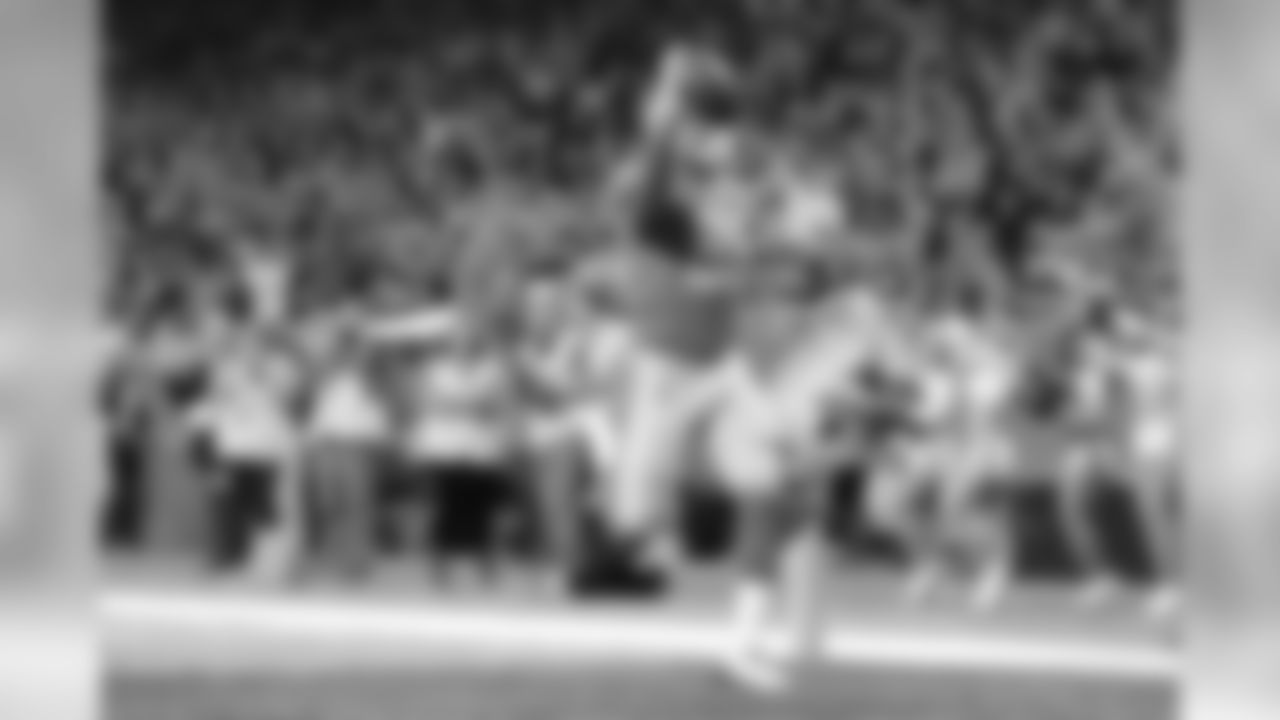
TE Eric Ebron

TE Eric Ebron
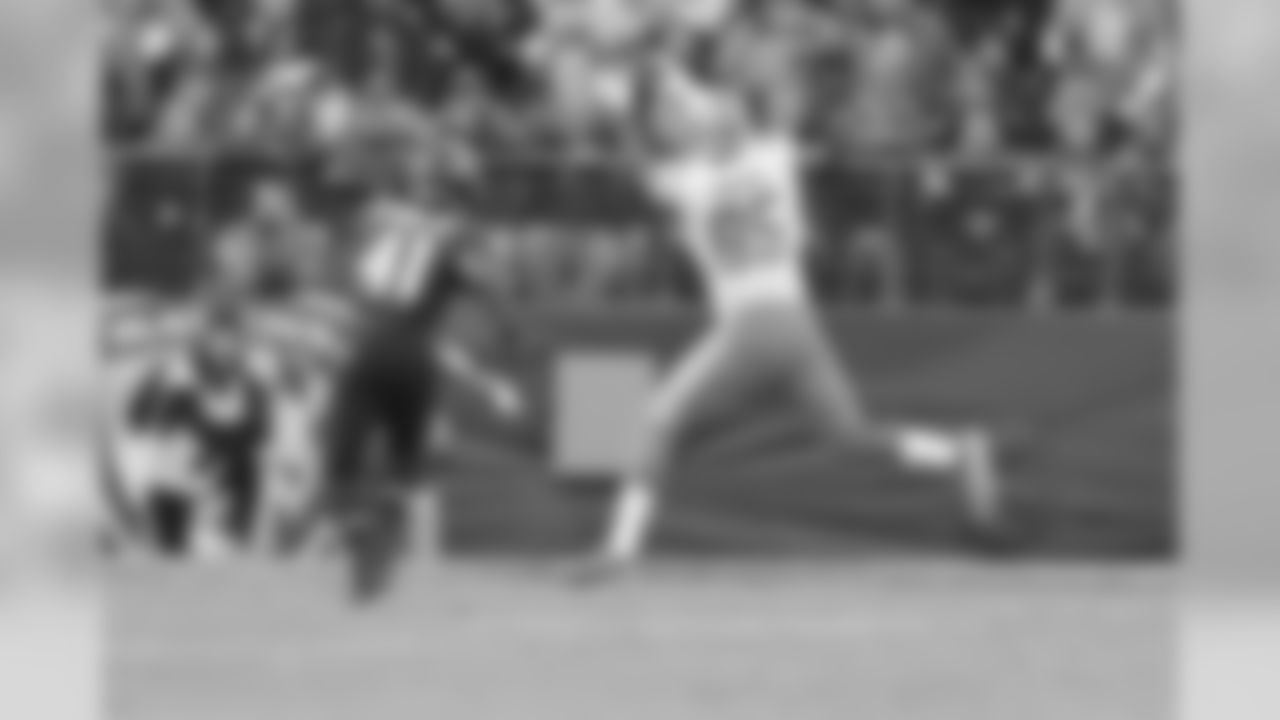
TE Eric Ebron
Detroit's tight end, Eric Ebron, is more of a receiving threat than a dominant in-line blocker and he does his best work when flexed away from the line. His size (6-4, 253 pounds) and speed make him a matchup problem for opposing linebackers and he is third on the team with 32 catches. Stafford also throws frequently to his running backs, particularly Theo Riddick, who was a wide receiver at Notre Dame. Riddick is third on the team with 39 receptions and is one of six different targets who have caught at least two of Stafford's 22 touchdown passes. Running back Ameer Abdullah is a good pass-catcher, too, but is dealing with a neck injury.
Not unexpectedly, the Lions are the least likely team to come out running the football in the early going. They have handed off on 36.4% of their first-half plays this season, the lowest percentage in the NFL. Tampa Bay, by the way, has the second-lowest percentage on that list, so there should be a lot of spinning footballs from 1:00-2:30 p.m. on Sunday.
When Detroit does run the football, it has most often been with Abdullah, who has 150 of the team's 280 totes but an average of just 3.4 yards per carry. Riddick's per-carry average is also 3.4 yards, which may be why the team turned to another option last Sunday when Abdullah was inactive. That would be Tion Green, who had been inactive for the first 11 games but came in to rush for 51 yards on 11 carries against the Ravens. Green is obviously still an unknown commodity but he does have the size (6-0, 220) that Detroit's backfield has otherwise been missing.
Making matters worse for Detroit's rushing attack has been an injury-plagued and often ineffective offensive line. The Lions made an effort to shore up that unit in the offseason, signing Ricky Wagner from the Ravens to play right tackle and T.J. Lang from the Packers to play right guard, but injuries have forced the Lions to start seven different O-Line combinations. That has surely contributed to the Lions averaging just 3.3 yards per carry, and it also helps explain the 39 sacks that Stafford has absorbed. Detroit has allowed a sack on 8.3% of its pass plays, fifth-worst in the NFL.
In addition to all the sacks, Stafford also had his throwing hand stepped on last Sunday in Baltimore, forcing him out of the game. X-rays failed to turn up a fracture and Stafford, who has proved his toughness repeatedly throughout his career, is a good bet to play through a sore hand. Jake Rudock threw his first five NFL passes in relief of Stafford last week.
The Lions are in the middle of the pack in terms of giveaways, with 17, and Stafford boasts an excellent 22-7 TD-INT ratio. However, Detroit opponents have turned those 17 turnovers into 80 points, which is the third-highest total against any team in the league. Detroit is just slightly below average with a 38.0% success rate on third downs but weirdly is dead last in the NFL on third-and-one, converting just 38.5% of the time. The league average is 68.7%.
DEFENSE

The Lions have given up the seventh-most points in the NFL, though as was noted with the Detroit offense, there are a number of non-offensive scores involved in that tally. Detroit opponents have five defensive touchdowns, including four pick-sixes, a high number given that Stafford and Rudock have combined for only eight interceptions. However, Detroit has also allowed the seventh-most yards per game (360.3) and the seventh-most yards per play (5.66), so in this case that scoring ranking is not particularly misleading.
Detroit runs a true 4-3 defense much like the Buccaneers' own scheme, with the two interior linemen generally staying in their right and left spots. That tandem was A'Shawn Robinson and Haloti Ngata, but Ngata suffered a season-ending injury in Detroit's fifth game and former Buccaneer Akeem Spence has since stepped into the starting lineup. Those two have combined for just 1.5 sacks, as Detroit's pressure is more likely to come off the edge.
The Lions' starting ends are Ziggy Ansah and Anthony Zettel, the former a 2013 first-round pick who had a breakout 14.5-sack season in 2015. However, Ansah has been slowed by injuries in the two seasons since and has just seven sacks in 2016-17 combined, five this year. He is very fast and has a wide wing-span, both traits that help him chase quarterbacks down from behind. He will generally be rushing off the left edge of the Bucs' line, against tackle Donovan Smith. Zettel leads the team with 6.5 sacks, and while the former sixth-round pick may not have the same raw talent as Ansah he is a relentless, every-down fighter.
The Lions recently added another very well-known pass-rusher when they nabbed Dwight Freeney off waivers. Freeney essentially played all the nickel third-down snaps in his Lions debut last weekend, and while he didn't record any sacks in that game, he likely still has some pass-rush juice left in his tank, a la Julius Peppers in his return to Carolina. Overall, Detroit's defense ranks 24th in the league with 23 sacks.
Outside linebacker Tahir Whitehead is the Lions' leading tackler, both overall with 78 tackles and specifically in the run game. His widespread stat line represents a defenders making plays all over the field: 78 tackles, seven tackles for loss, one sack, four quarterback hits, two fumble recoveries, an interception and two passes defensed. The Lions found a new starter in the middle of their defense in the first round of the 2017 draft, nabbing Florida linebacker Jarrad Davis. Davis, the Lions' second-leading tackler, spent a good portion of the season playing every defensive snap but has recently been rested in nickel packages. The Lions have also started to use another rookie linebacker a bit more, with Jalen Reeves-Maybin playing some in the nickel and some at weakside linebacker in base sets.
Detroit's run defense ranks 19th in the league, giving up 114.9 yards per game, and has allowed 4.2 yards per carry and 16 rushing touchdowns. Only Buffalo has allowed more touchdowns on the ground, with 18. Opponents rush for four or more yards on first down 44.1% of the time, putting Detroit 21st in the league in that category, and the Lions are also 25th with 167 plays of 10 or more yards allowed.
On the other hand, the Lions have surrendered a below-average total of 42 plays of 20 or more yards. Essentially, Detroit's defense is not letting other teams beat them quickly, but they are also giving up a lot of scoring opportunities overall. The numbers in that regard are stark: Detroit has allowed the fewest points in the league on plays that start outside the red zone, but it has also given up the most first-and-goal situations from inside their own five. The league average in that latter category is 10; Detroit has faced 22 first-and-goals from the shadow of their goal line. Detroit has also seen 44 drives penetrate their red zone, tied for fourth-most in the league.
The secondary boasts several star-caliber players, including cornerback Darius Slay, who could be in line for his first Pro Bowl nod this year. The Lions are likely to take the 6-0 Slay and match him up with Mike Evans as much as possible on Sunday. Not only does he have good size but he's fast, has quick feet in transition and possesses very good ball skills. Slay has a team-leading four interceptions this year and is tied for third in the NFL with 15 passes defensed. The other cornerback spot is occupied by Nevin Lawson, though he rotates series with D.J. Hayden, the former Oakland Raider.
Veteran free safety Glover Quin is still going strong in his ninth NFL season and his fifth year in Detroit. He may not possess top-end safety speed at this point in his career but he is a savvy, experienced player who has 56 tackles and three interceptions this year. His running mate to start the season, Tavon Wilson, had three picks as well but is now on injured reserve, with Quandre Diggs sliding into his starting strong safety spot last week. Diggs had spent most of the season playing nickel back, so that job now goes to rookie Teez Tabor, another former Gator the Lions took in the second round.
As noted earlier, the Lions have not only done a good job of taking the ball away – their 19 turnovers forced are tied for ninth in the NFL – but they've made the most of the resulting opportunities to score
The Lions have 78 points off turnovers this year, the fourth-highest total in the NFL. Three different players, including Quin, have registered pick-sixes.
Detroit has also been fairly successful in terms of third-down defense, allowing a success rate of 37.0 that ranks 11th in the NFL. They are particularly good at defending lengthy third downs, ranking first in the NFL on attempts of 10 or more yards (9.3%) and fourth on attempts of six or more yards (20.3%). There's a fluky stat in that mix, however, as Detroit is dead last in defending third downs of four to six yards. Lions opponents are getting the job done beforethird down, obviously, because Detroit has still given up the fourth-most first downs in the league.
SPECIAL TEAMS

Two of Detroit's non-offensive touchdowns have come on special teams, courtesy of rookie punt returner Jamal Agnew. A fifth-round draft pick out of San Diego, Agnew already has touchdown returns of 88 and 74 yards, and his 16.8 yards average on 22 attempts is tops in the league. Overall, the punt return game has been a big advantage for the Lions, as they are getting 15.7 yards per attempt and giving up just 7.0. Agnew has done most of the kickoff returning, as well, but with far less spectacular results.
Placekicker Matt Prater, a 12th-year veteran with a career field goal success rate of 83.3%, has a big leg and the Lions aren't afraid to let him bomb away. He's already tried 10 field goals of 50 or more yards and made seven of them. In fact, he's already tried seven field goals of 55 or more yards, making four of them, including shots of 58 and 57 yards. Prater is 24 of 28 on field goal tries this year and his four misses have come from an average of 53.3 yards away.
With incumbent punter Sam Martin on the non-football-injury list to start the season, Detroit opened with Kasey Redfern as their punter but he landed on injured reserve after just one game. Former Vikings punter Jeff Locke filled in for the next five weeks before Martin came off NFI and resumed his post. Martin has a gross punting average of 43.9 yards per kick and a net of 39.9, though both figures are well below the marks he had put up in each of his first four seasons.
As a team, Detroit is in the lower half of the league with a touchback percentage of 52.9% on kickoffs but the coverage has been good, as the Lions have held opponents to an average kickoff drive start of the 24.1-yard line, 10th-best in the NFL. Linebacker Steve Longa has been their top man in coverage with 10 special teams tackles.





















